LEARNING ABOUT BIRDS 🦩 / APRENDIENDO SOBRE AVES 🧠
Flamingos are the only members of the family called Phoenicopteridae, and are distinguished by their long legs, long, curved neck, as well as goose-like vocalization. They belong to the same family as storks, herons and ibis. There are 6 species of flamingo.😁😁🦉🦚
https://hablemosdeaves.com/ganso-africano/
https://www.bioenciclopedia.com/flamenco/
Los flamencos son los únicos miembros de la familia llamada Phoenicopteridae, y se distinguen por sus largas piernas, cuello largo y curvo, así como una vocalización parecida al ganso. Pertenecen a la misma familia de las cigüeñas, garzas e ibis. Existen 6 especies de flamenco.😱😱
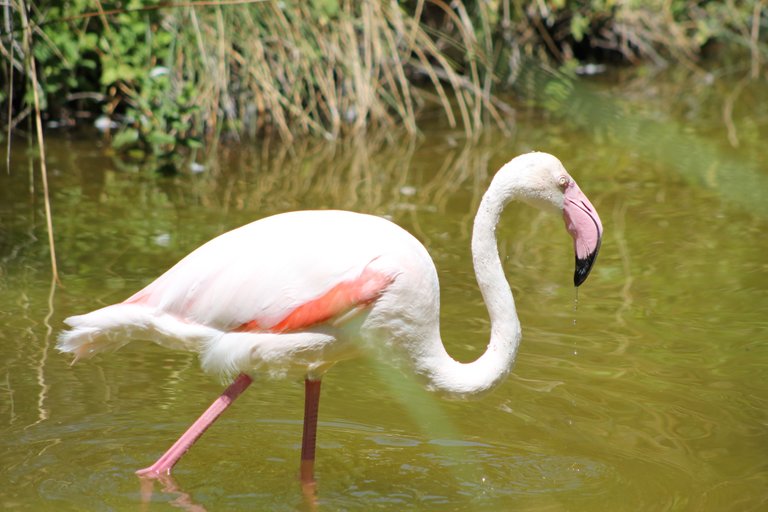
They all inhabit tropical and subtropical areas. There are flamingos in Peru, Argentina, Uruguay, Paraguay, Bolivia and southern Brazil. Species such as the dwarf flamingo inhabit regions of Africa. The Caribbean flamingo is found mainly in Cuba, the Bahamas, and the Yucatan Peninsula. Although we almost always visualize flamingos in the water, they can also fly, for which they need to run and gain speed in order to take off. They also often fly in large flocks.🛑💯
Todos habitan en áreas tropicales y subtropicales. Existen flamencos en Perú, Argentina, Uruguay, Paraguay, Bolivia y sur de Brasil. Especies como el flamenco enano habita en regiones de África. El flamenco del Caribe se encuentra principalmente en Cuba, Bahamas y en la Península de Yucatán. Aunque casi siempre visualizamos a los flamencos en el agua, también pueden volar, para lo cual necesitan correr y ganar velocidad para poder despegar. A menudo también vuelan en grandes bandadas.🌏🌎
They are found in lakes, coastal lagoons, salt marshes, estuaries, mangrove areas, tidal flats, and sand islands in the intertidal zone. Its habitat is surrounded by shallow salty, brackish and alkaline waters.😋😋
Son encontrados en lagos, lagunas costeras, marismas, estuarios, zonas de manglares, llanuras de marea e islas de arena en la zona intermareal. Su hábitat está rodeado de aguas saladas, salobres y alcalinas de poca profundidad.🤩🤩
They are found in lakes, coastal lagoons, salt marshes, estuaries, mangrove areas, tidal flats, and sand islands in the intertidal zone. Its habitat is surrounded by shallow salty, brackish and alkaline waters.🤩🤩
El flamenco común (Phoenicopterus roseus) es la especie más grande, midiendo de 120 a 150 cm y pesando 3.5 kg. Por el contrario, el flamenco enano (Phoenicopterus minor) es el más pequeño, midiendo 80 cm con un peso de 2.5 kg. Los machos son más grandes y pesados que las hembras.🤔🤔
The color of the plumage varies with the species. For example, those that live in Caribbean environments are usually bright and carmine or vermilion tones. Chileans are pale pink. These variations and intensities in color are due to their good or bad diet. Only when they are newborns are they white or gray. Their eyes also change color when they reach adulthood, since the first year of life they are gray and then change to a yellow tone for life.😁😁
El color del plumaje varía con la especie. Por ejemplo, los que habitan en ambientes caribeños suelen ser brillantes y de tonos carmín o bermellón. Los chilenos son rosa pálido. Estas variaciones e intensidades en el color se deben a su buena o mala alimentación. Solamente cuando son recién nacidos son de color blanco o gris. Sus ojos también cambian de color al llegar a la etapa adulta, pues el primer año de vida son de color gris para luego cambiar a un tono amarillo de por vida.😮😮
They have 12 main black flight feathers, visible only when they spread their wings. As a curious fact, they turn pink as they grow and modify their diet, since adults include foods that contain carotenoids in their diet. That is why they wear that beautiful color. If carotenoids are scarce in their diet, the plumage turns pale.😋😋
Poseen 12 plumas principales de vuelo de color negro, visibles solamente cuando extienden las alas. Como dato curioso, se vuelven rosados conforme crecen y modifican su alimentación, pues los adultos incluyen en su dieta alimentos que contienen carotenoides. Es por ello que llevan ese hermoso color. Si los carotenoides escasean en su dieta, el plumaje palidece.🧔👨🏫👨🎓
Diet composition varies somewhat between species, which have diverse habitats and distributions. However, their general diet is made up of algae, larvae, insects, crustaceans, mollusks and small fish. The smallest species of flamingo eats just 60 g per day.🙂🙂
La composición de la dieta varía un poco entre las especies, que tienen distribuciones y hábitats diversos. No obstante, su alimentación general está constituida por algas, larvas, insectos, crustáceos, moluscos y pequeños peces. La especie más pequeña de flamenco se alimenta con apenas 60 g al día.😍😍
The flamingo contains in its fleshy tongue, mechanisms that filter the food that contains a large amount of water inside, ingesting only what is necessary and removing excess liquid. They can reproduce at different times of the year and up to six years of age. To invite the male to mating, the female, standing, lowers her head and spreads her wings. This act occurs in the water and the male positions himself on the partner's back.🙂🙂
El flamenco contiene en su lengua carnosa, unos mecanismos que filtran el alimento que contiene en su interior gran cantidad de agua, ingiriendo solamente lo que es necesario y sacando el exceso de líquido. Pueden reproducirse en diferentes épocas del año y hasta los seis años de edad. Para invitar al macho al apareamiento, la hembra estando de pie, baja la cabeza y extiende sus alas. Este acto ocurre en el agua y el macho se posiciona sobre la espalda de la pareja.🤔👶👶
Flamingos build mounds to form their nests using stones, straw, and feathers. These can measure up to 30 cm and are built up to six months before the egg is laid. The mounds serve as protection from extreme heat and light flooding. In general, they only put one product, although cases of two have been presented, but very few times.😍😍
Los flamencos construyen montículos para formar sus nidos utilizando piedras, paja y plumas. Éstos pueden medir hasta 30 cm y se construyen hasta seis meses antes de la puesta del huevo. Los montículos sirven como protección al extremo calor y a las inundaciones leves. Por lo general, ponen un sólo producto, aunque se han presentado casos de dos, pero muy pocas veces.😗😮
The incubation period lasts between 27 and 31 days. Both the male and female take turns hatching. They carefully lift and turn the egg, preventing it from falling from the mound, since if it were to happen, the product would not be able to recover.😍😍
El período de incubación dura entre 27 y 31 días. Tanto el macho como la hembra se turnan para incubarlo. Cuidadosamente levantan y giran el huevo evitando que caiga desde el montículo, ya que si llegara a suceder, el producto no lograría recuperarse.🤩🤩
They are very social. It is very common to see colonies of hundreds of birds living together in their natural habitat. To communicate with each other, they use their nasal and vocal mechanisms. Communication between adults and their young is widely used. Most of their day they feed, groom and rest. In this grooming, they distribute a natural oil that is produced in a gland located at the base of the tail, completely covering the plumage that will provide waterproofing protection.👧🧑👨👴🧓
Son muy sociales. Es muy común ver colonias de cientos de aves conviviendo en su hábitat natural. Para comunicarse entre ellos, utilizan sus mecanismos nasales y vocales. Se usa mucho la comunicación entre los adultos y sus crías. La mayor parte de su día se alimentan, se acicalan y descansan. En este acicalamiento, se distribuyen un aceite natural que se produce en una glándula ubicada en la base de la cola, cubriendo por completo el plumaje que les brindará una protección impermeabilizante. 🦃🦉🐦🐧
AFRICAN GOOSE🙂🦉🦩, PHOTOS OF MY PROPERTY🧠
These emblematic birds have a history of thousands of years ago, when in ancient Egypt they were considered sacred, and it was thought that they were messengers between heaven and earth; and in China the African goose represents marital fidelity.🙂🙂
Estas emblemáticas aves tienen una historia de hace miles de años, cuando en el antiguo Egipto se le consideraban sagrados, y se pensaba que ellos eran mensajeros entre el cielo y la tierra; y en china el ganso africano representa la fidelidad conyugal.😍😍
This bird of the anatidea species, the scientific name of the African goose is Anser cygnoides, and it is commonly called goose, zygnoid swan, lion's head goose, and simply goose. The African goose has a dense plumage that conforms to the body of white and brownish beige, with a distinctive dark brown stripe behind the neck, and has a ring of white feathers, which surround the beginning of the bill.😋😊
Esta ave de la especie anatidea, el nombre científico del ganso africano es Anser cygnoides, y se le llama comúnmente oca, cisne cignoides, ganso cabeza de león, y simplemente ganso. El ganso africano tiene un plumaje denso que se ajusta al cuerpo de color blanco y beige parduzco, con una distintiva raya marrón oscuro detrás del cuello, y tiene un anillo de plumas de color blanco, que rodean el inicio del pico.🥰🥰
Despite having this name that seems to refer to the place of origin, it has nothing to do with this continent, since this bird originated in China, and it descends from the zygnoid. Although the goose is not African, it has a presence in Madagascar.🤗🤗
A pesar de tener este nombre que pareciera hacer alusión al lugar de origen, no tiene nada que ver con este continente, pues esta ave se originó en China, y desciende de la cignoide. Aunque el ganso no es africano, tiene presencia en Madagascar.🌏🌎
THANKS FOR READING ME🙂, PHOTOS OF MY PROPERTY🧠🦾👍⛔
0
0
0.000
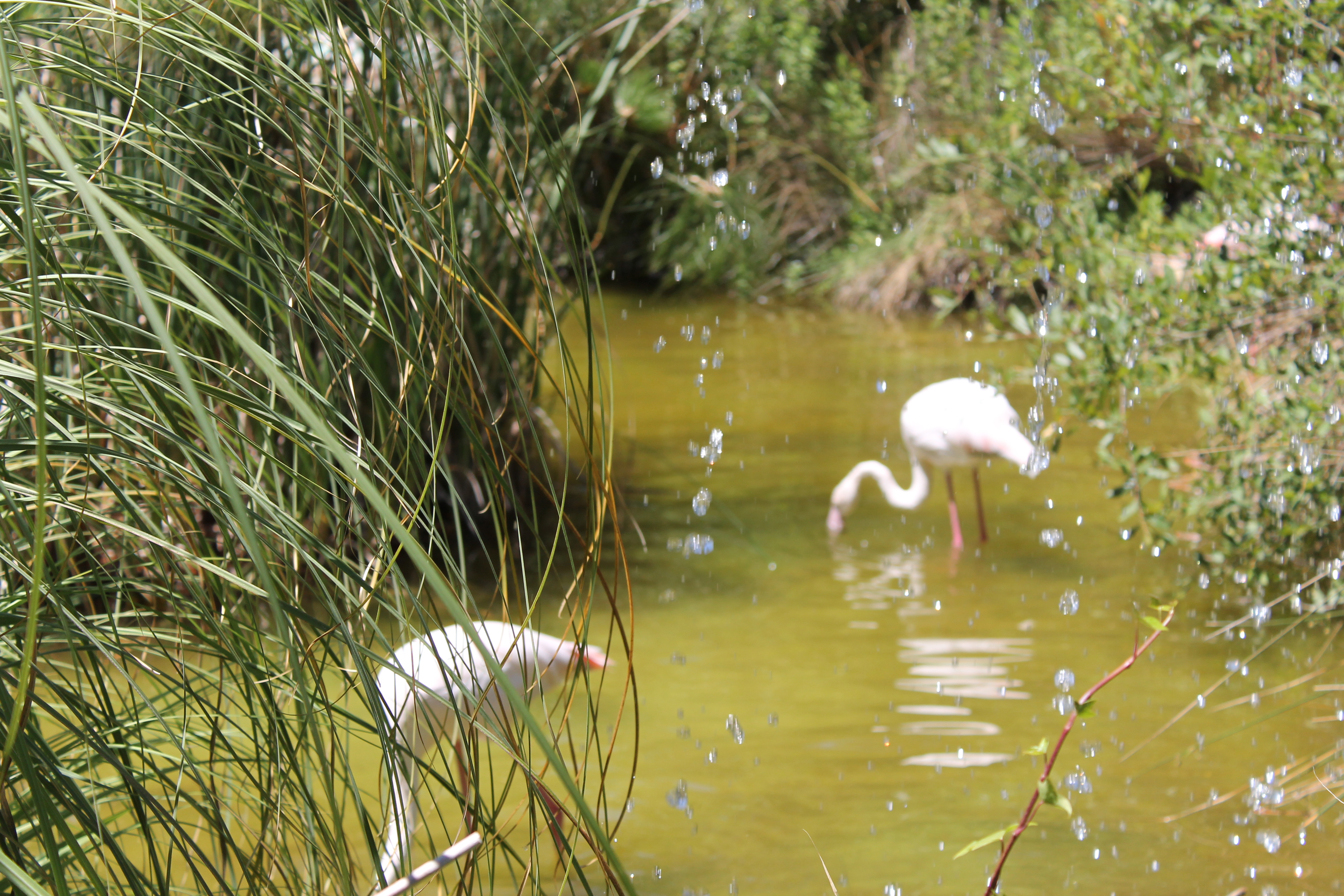
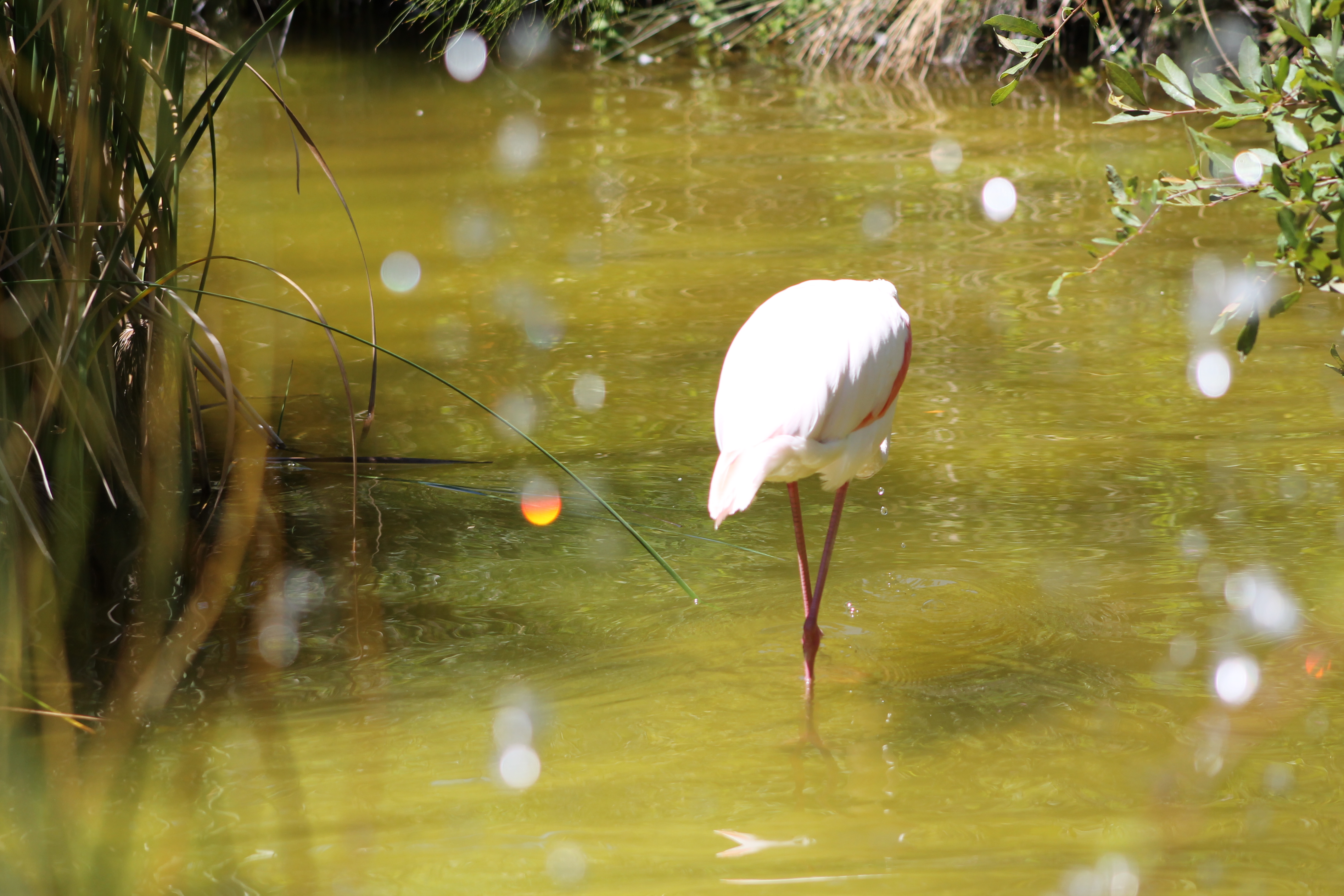

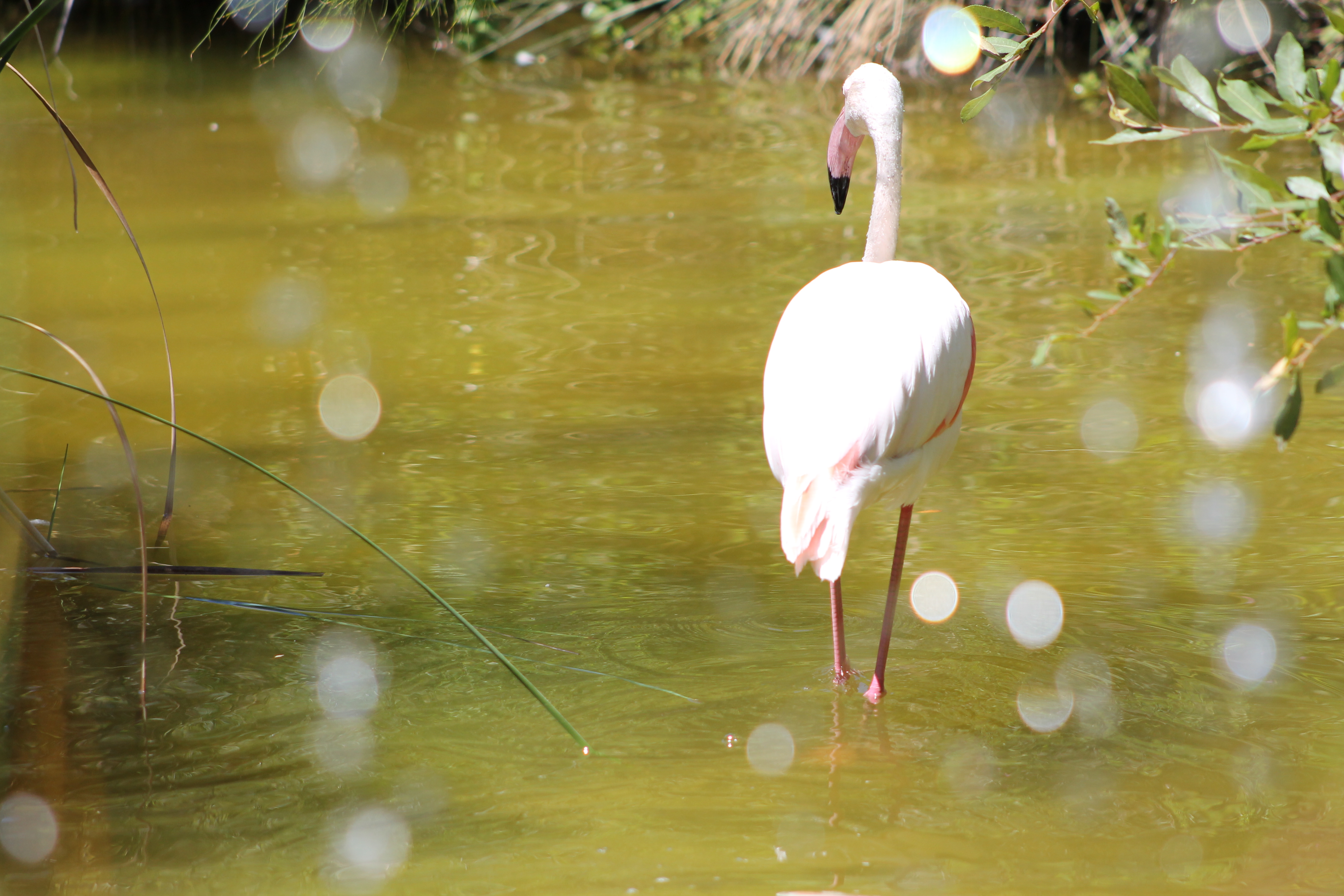
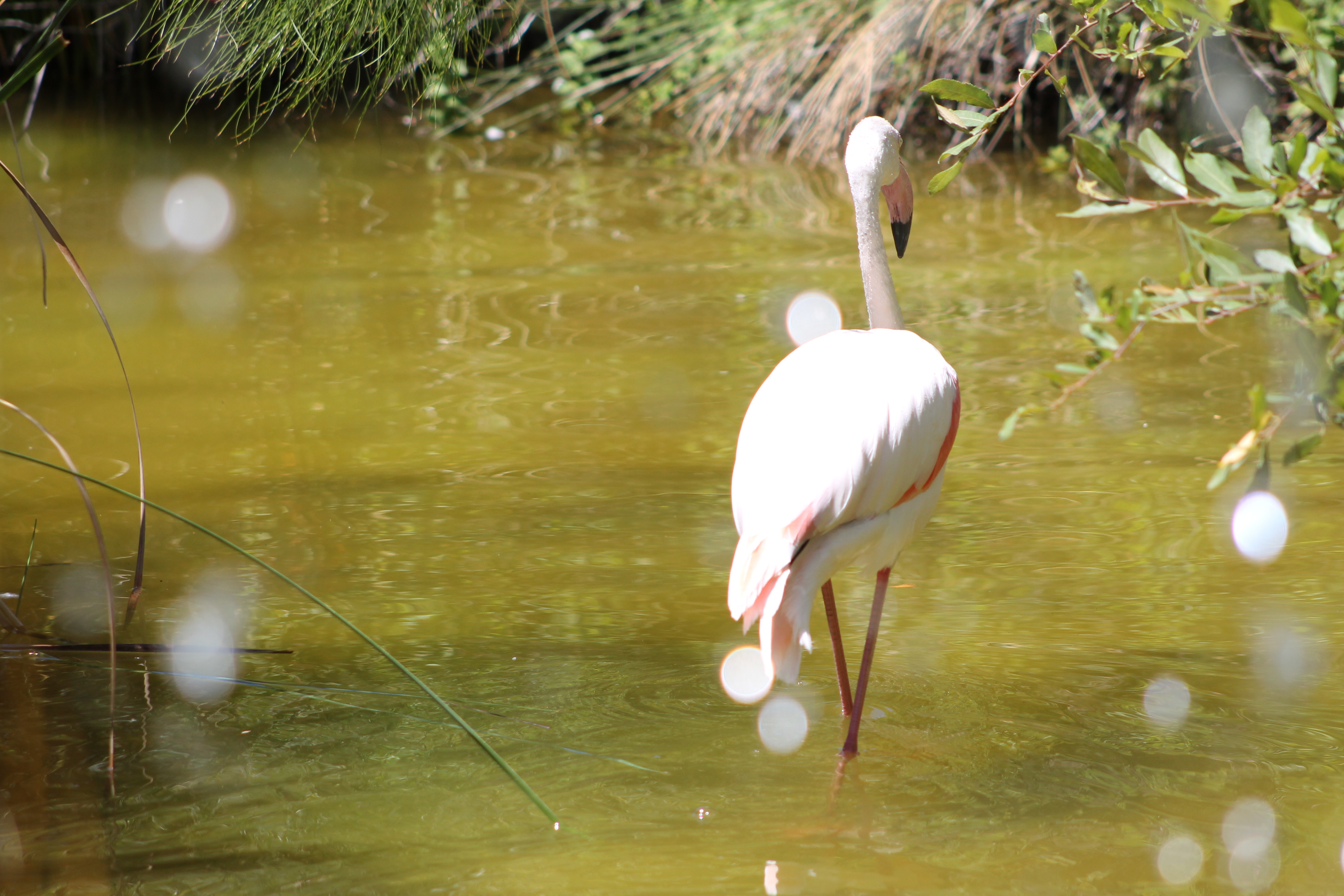
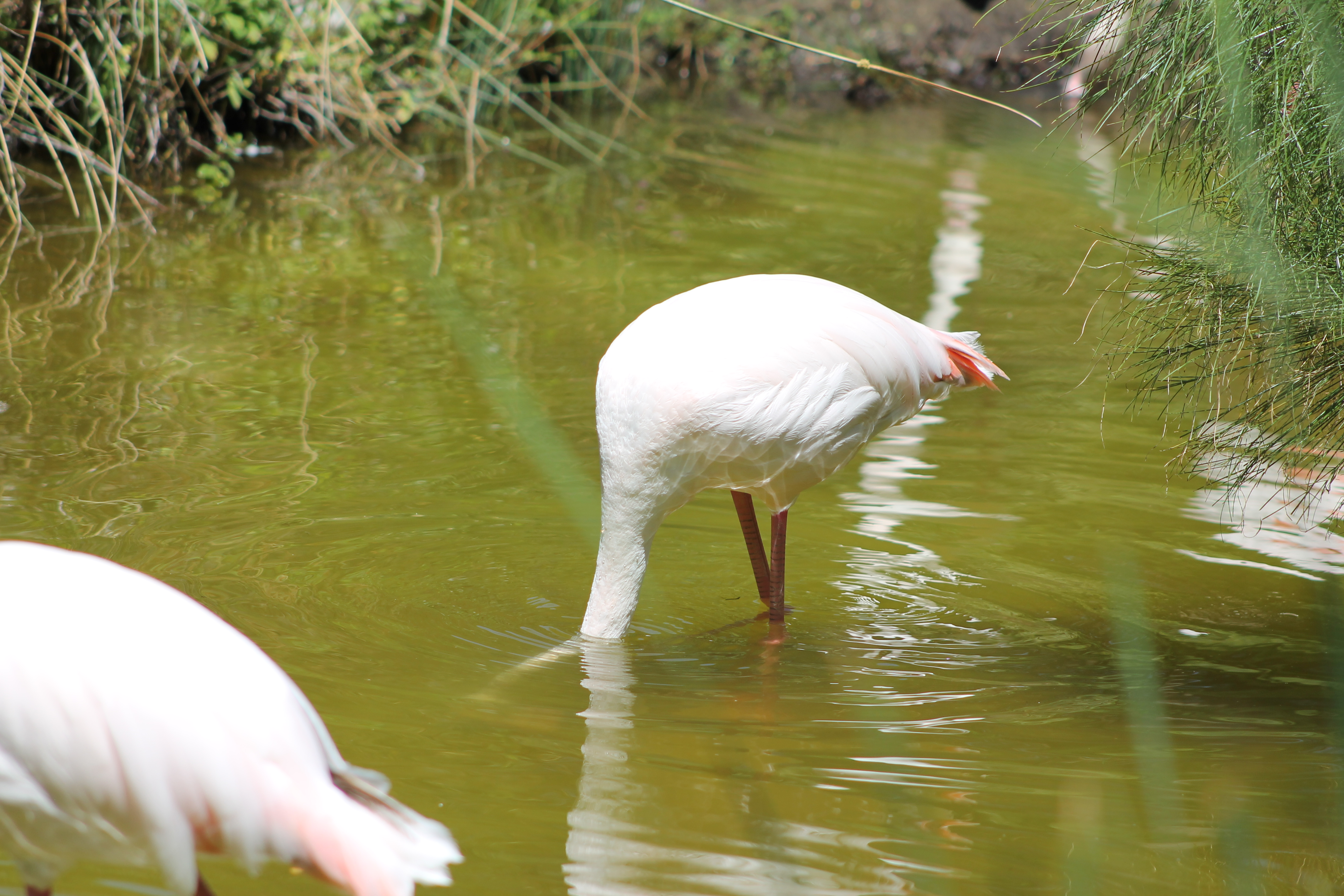
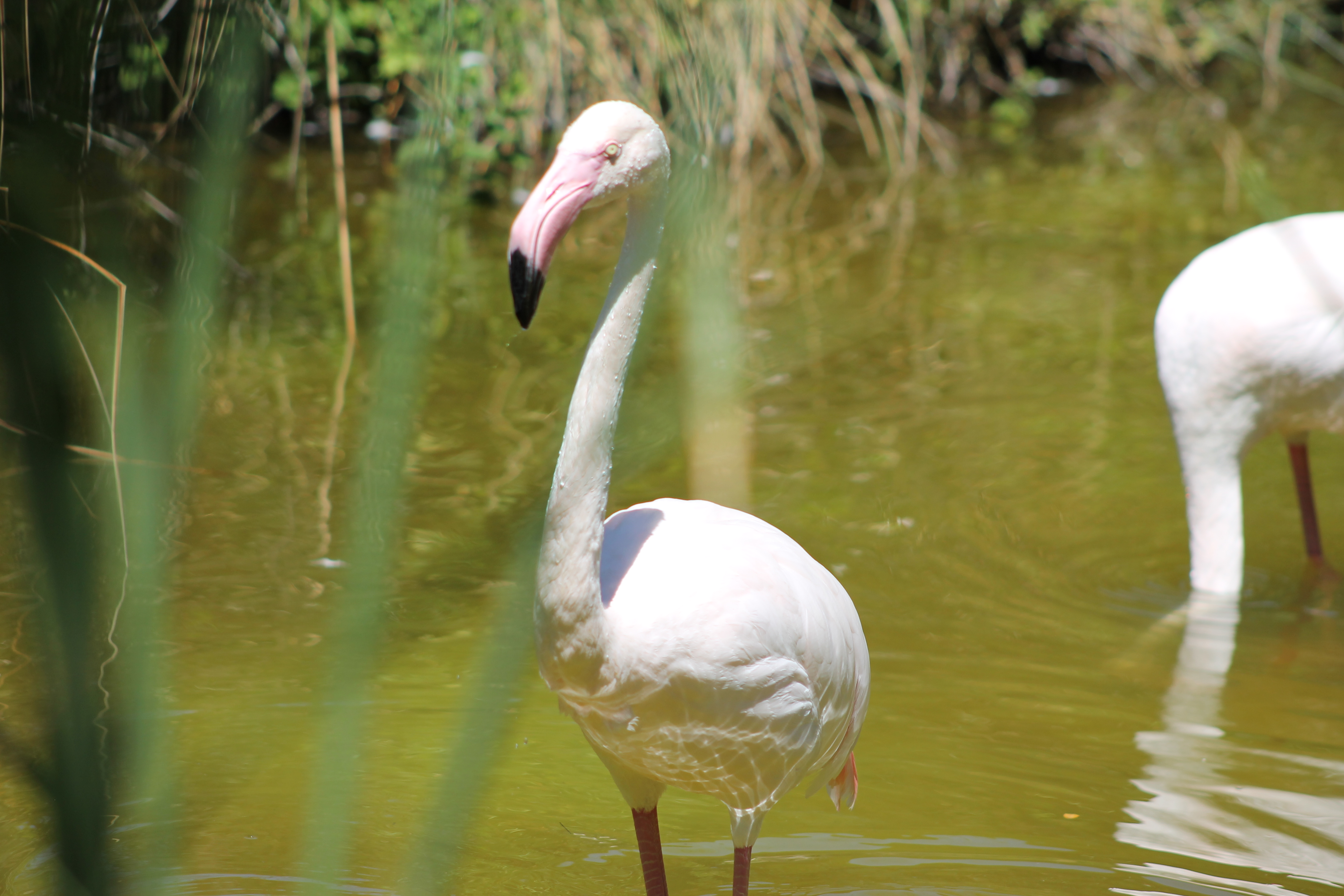
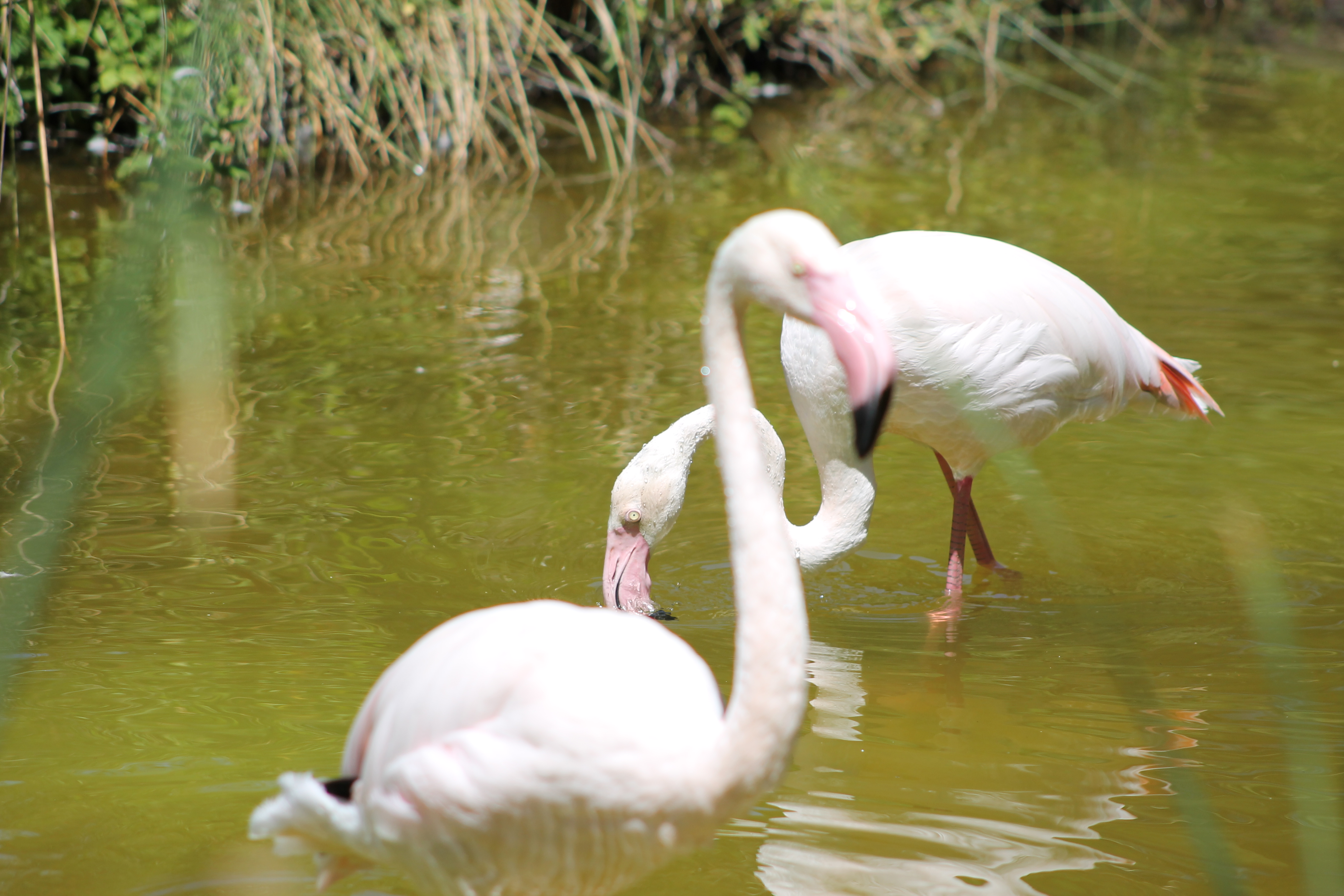
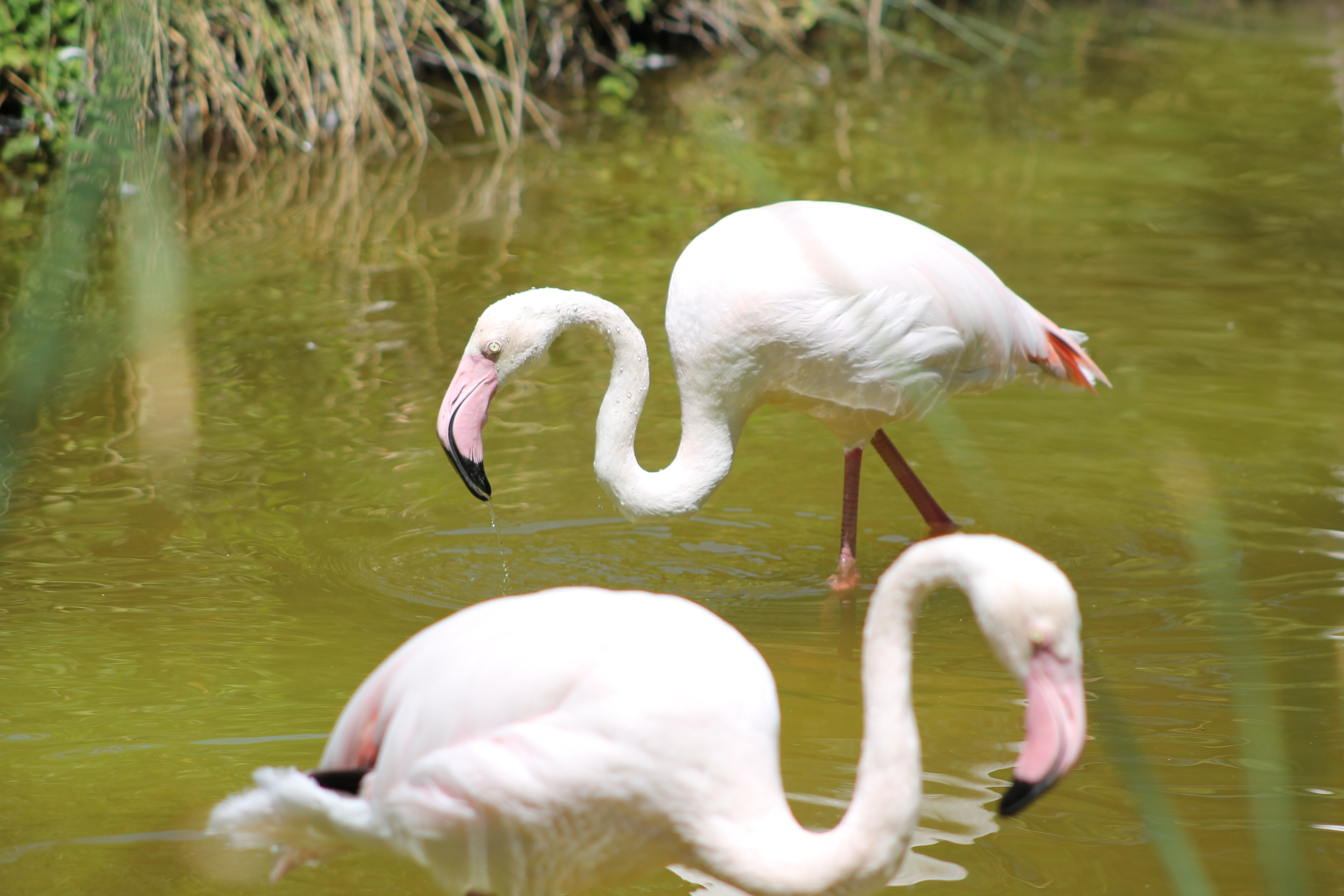


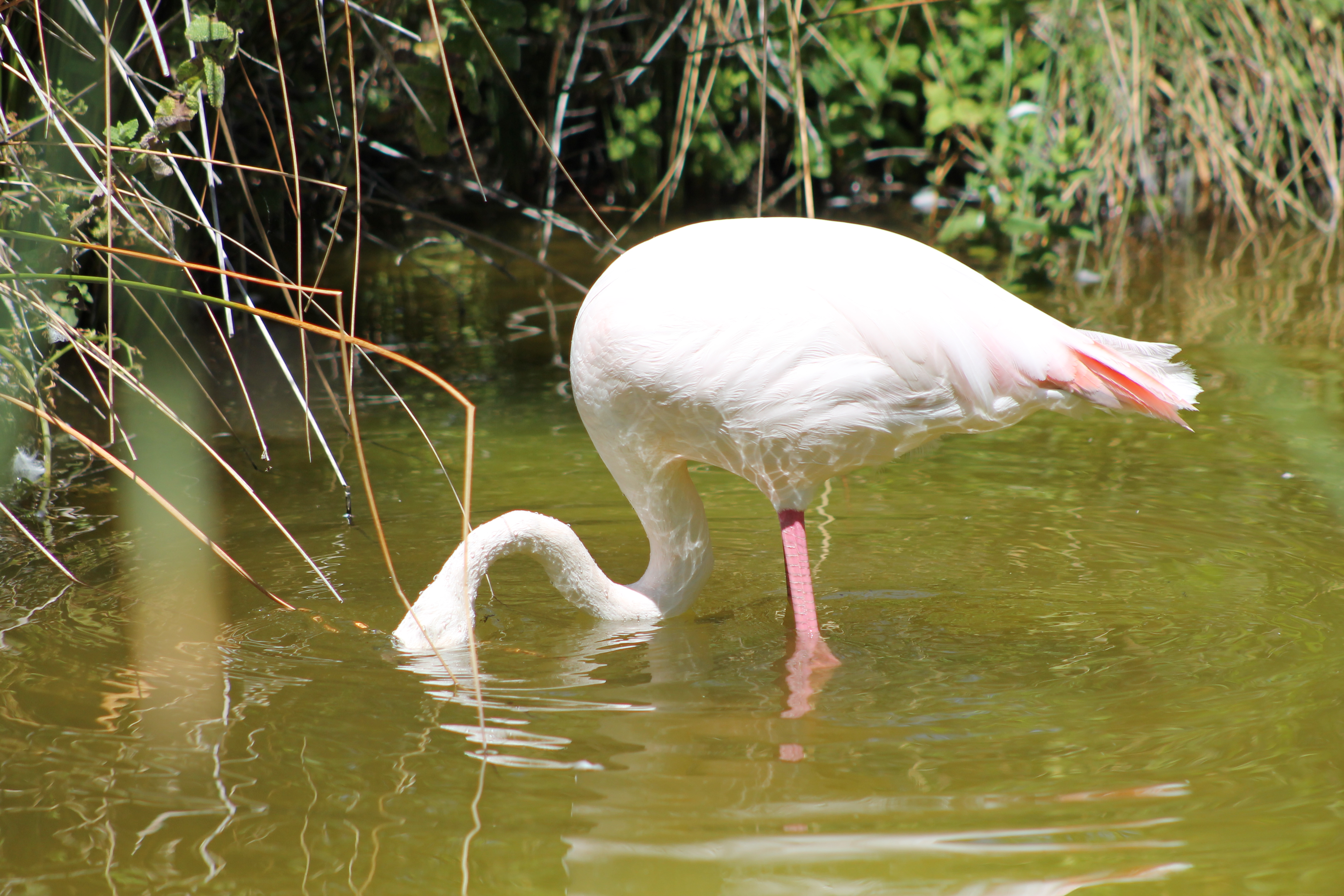
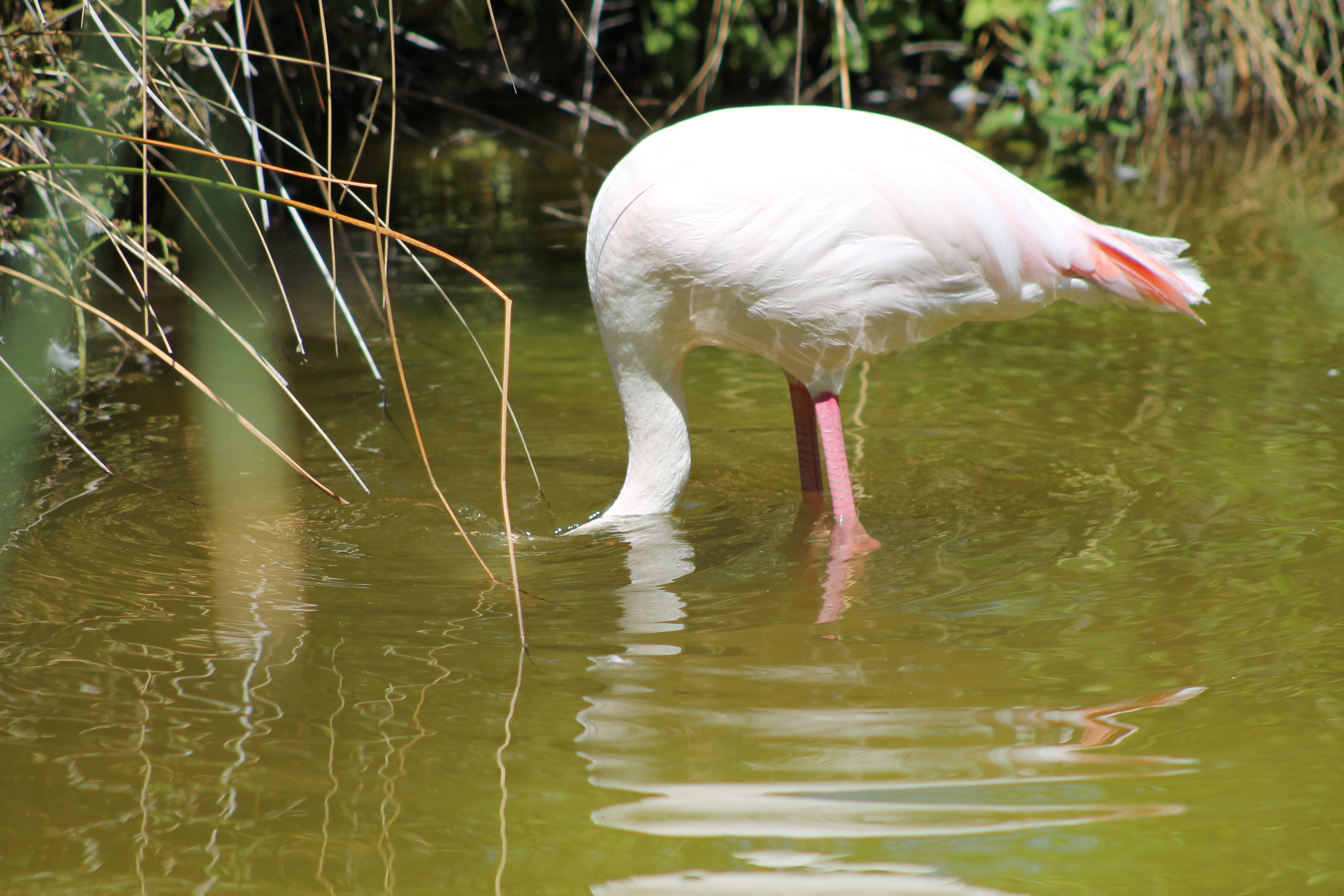
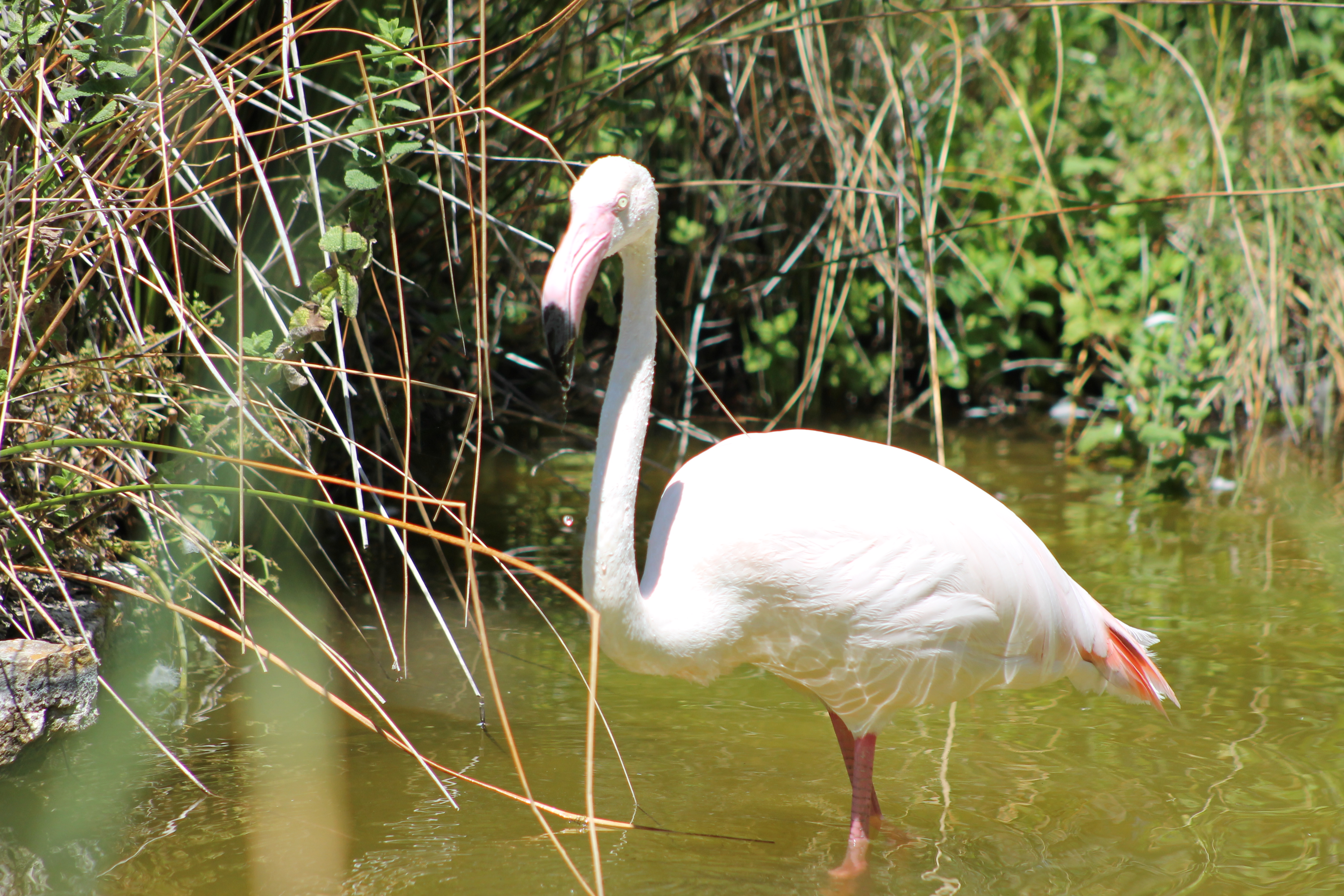
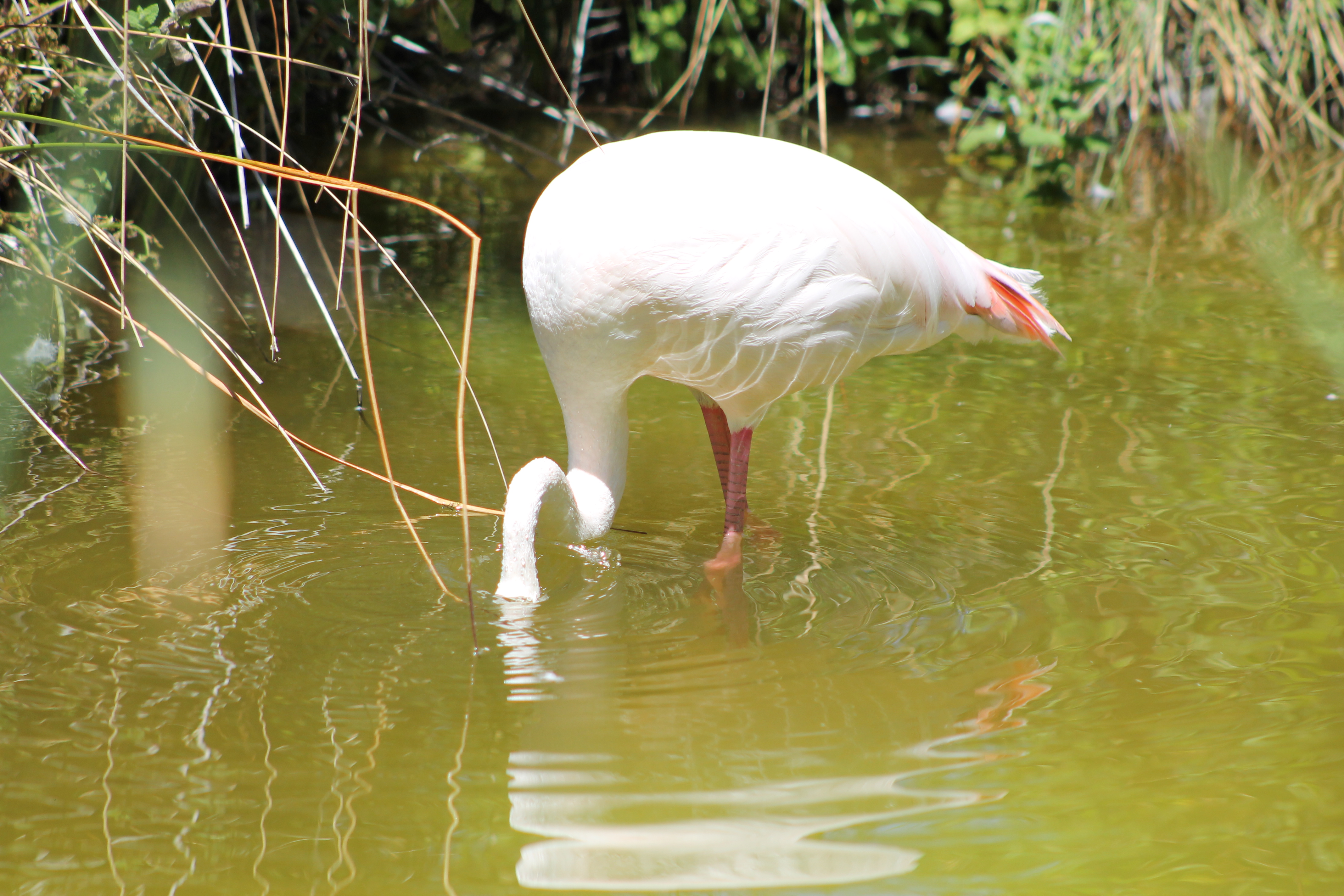
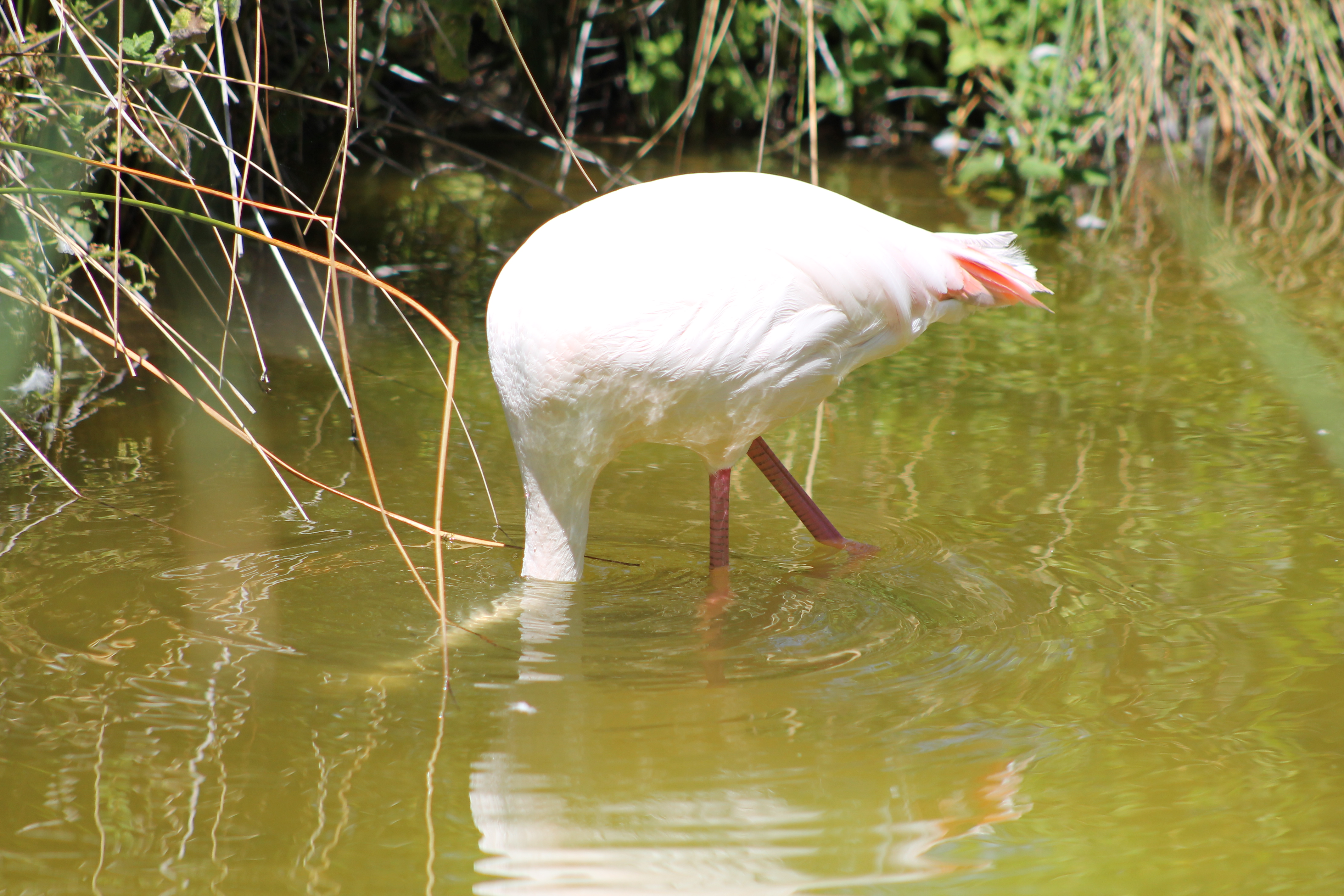
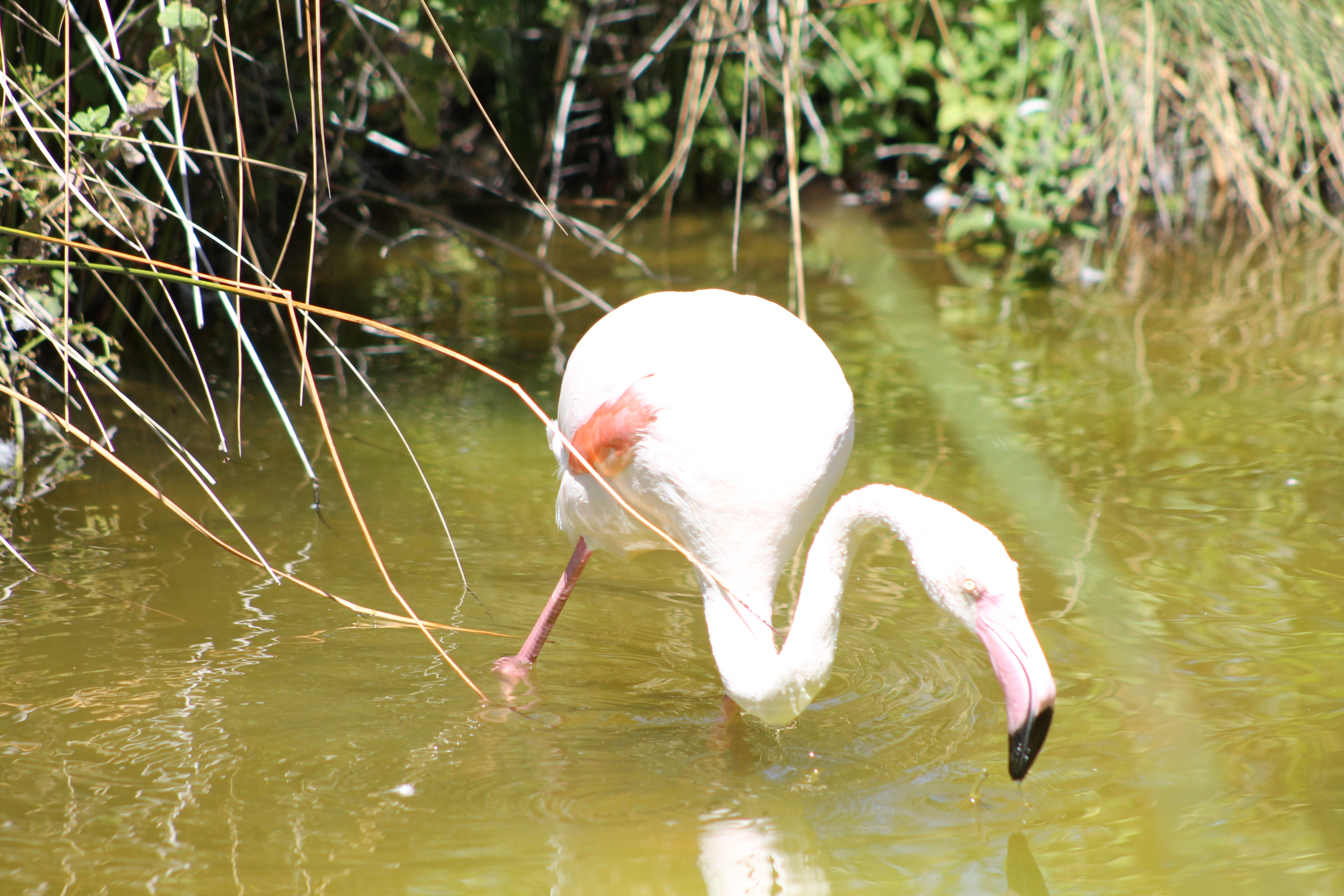
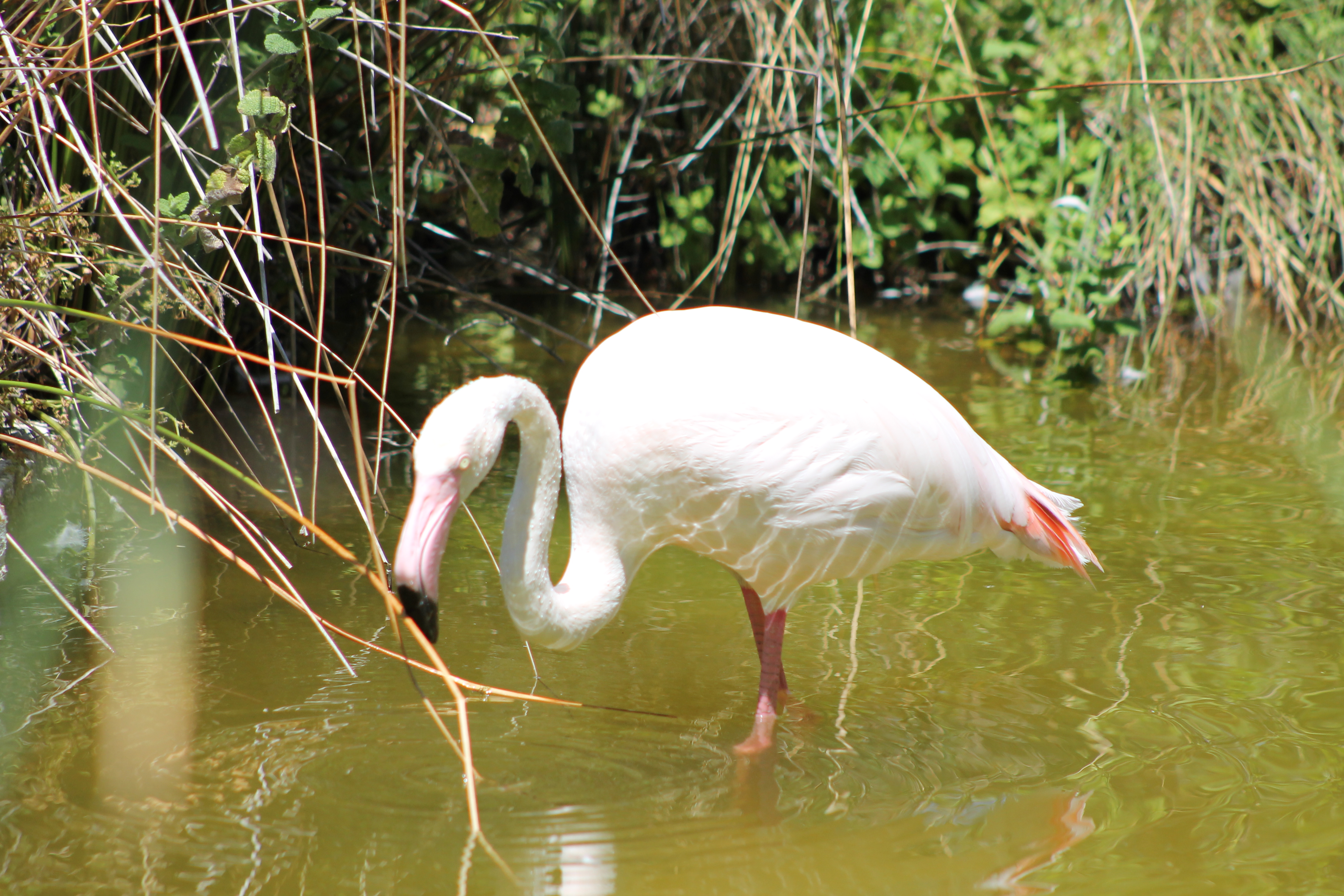
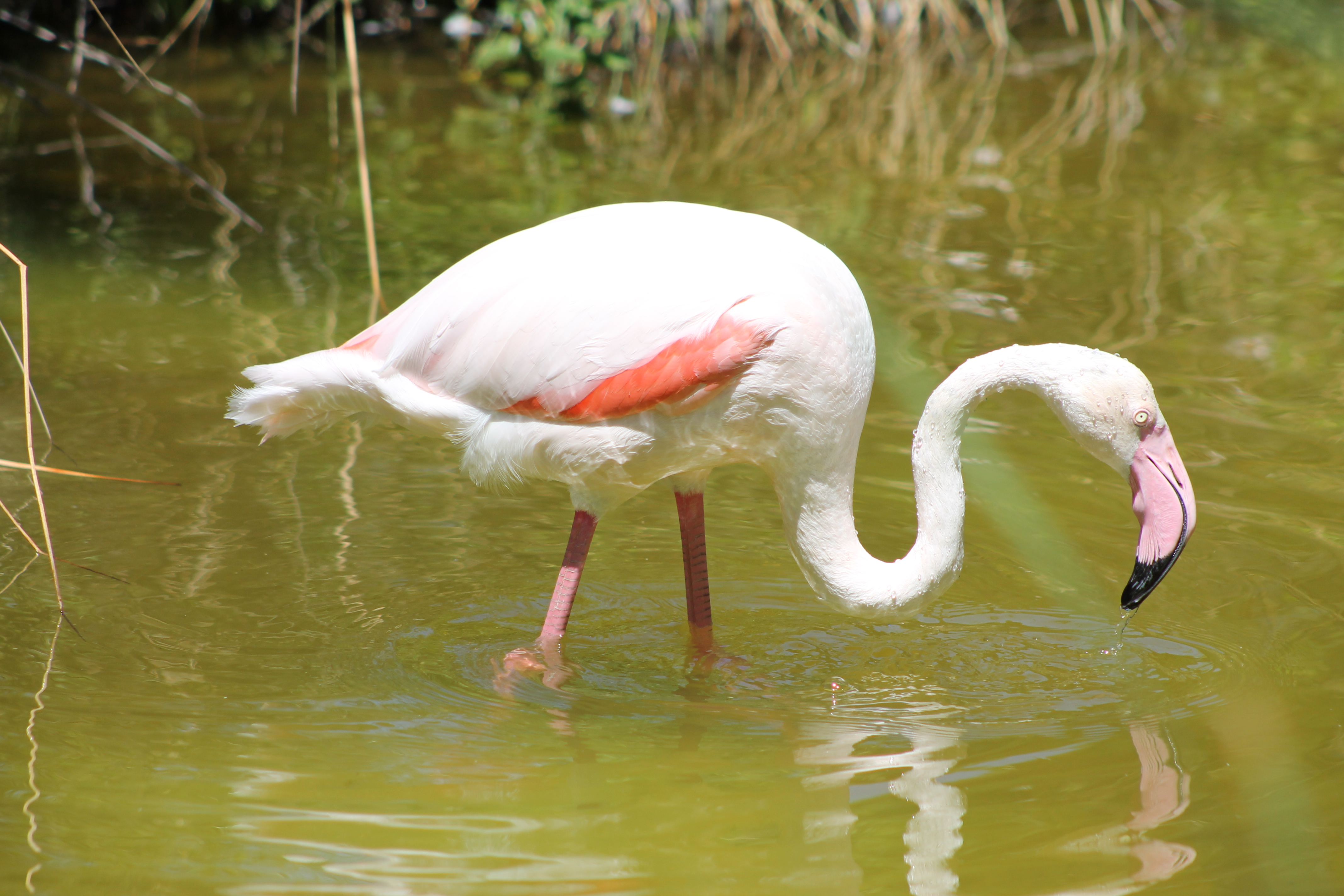

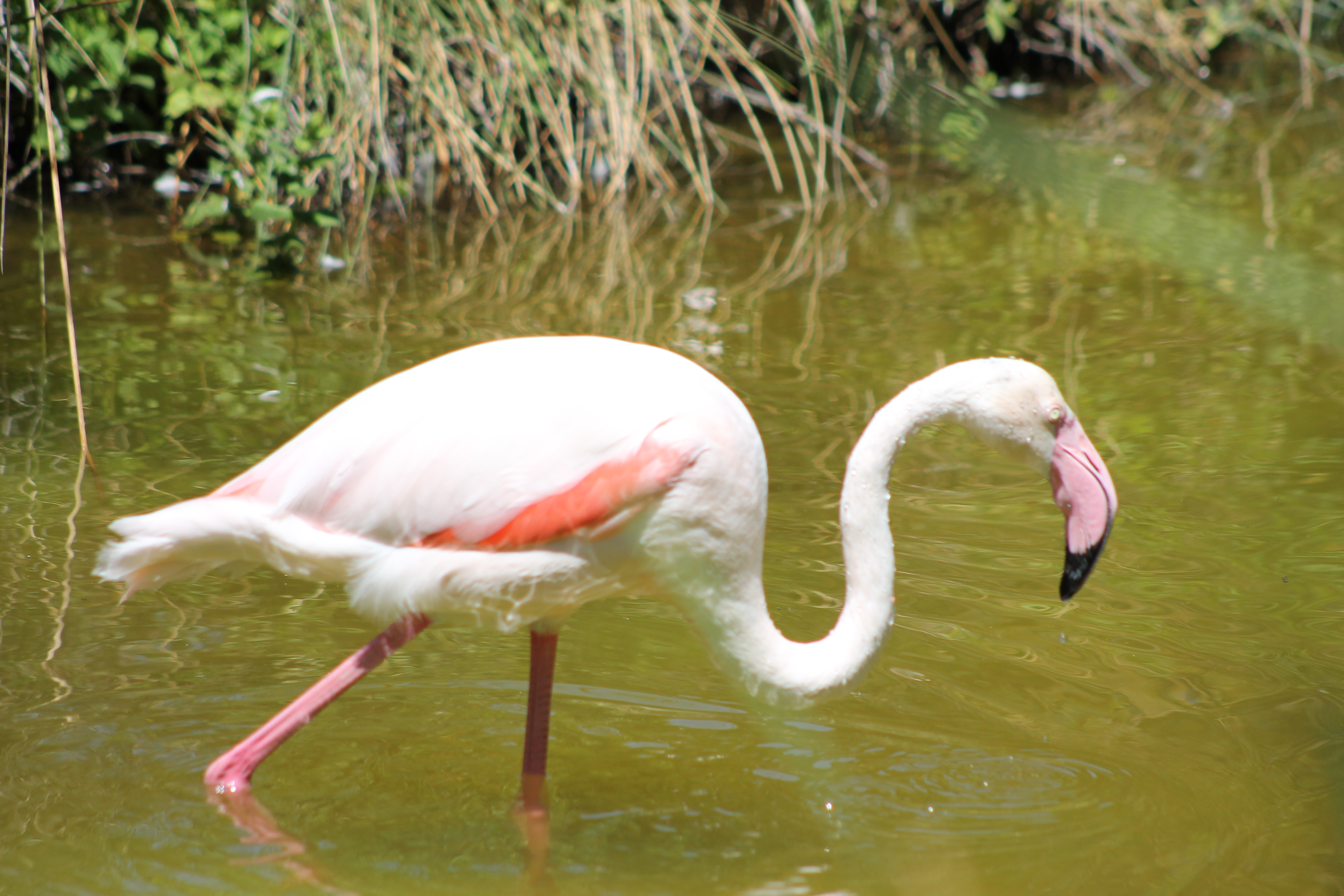
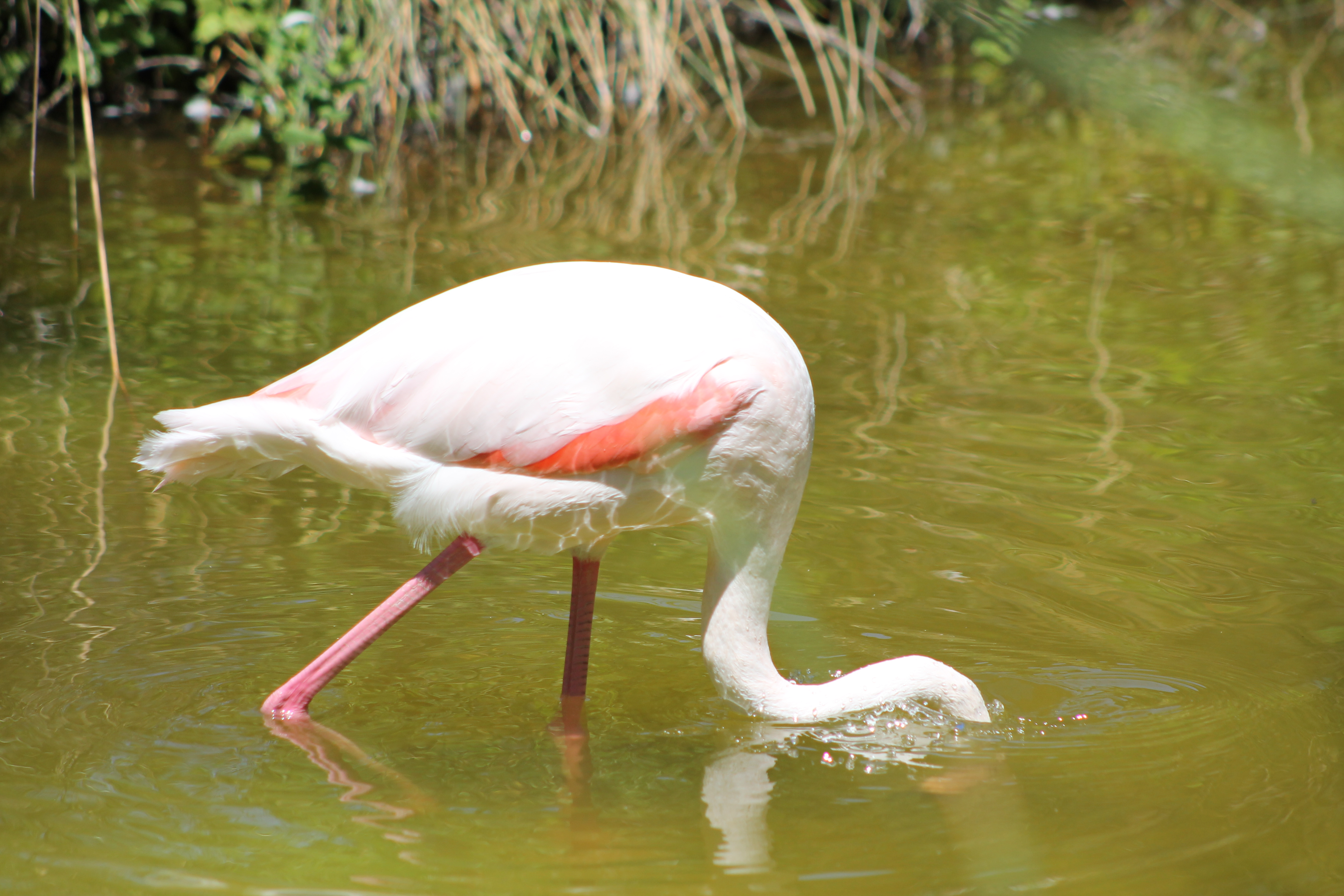
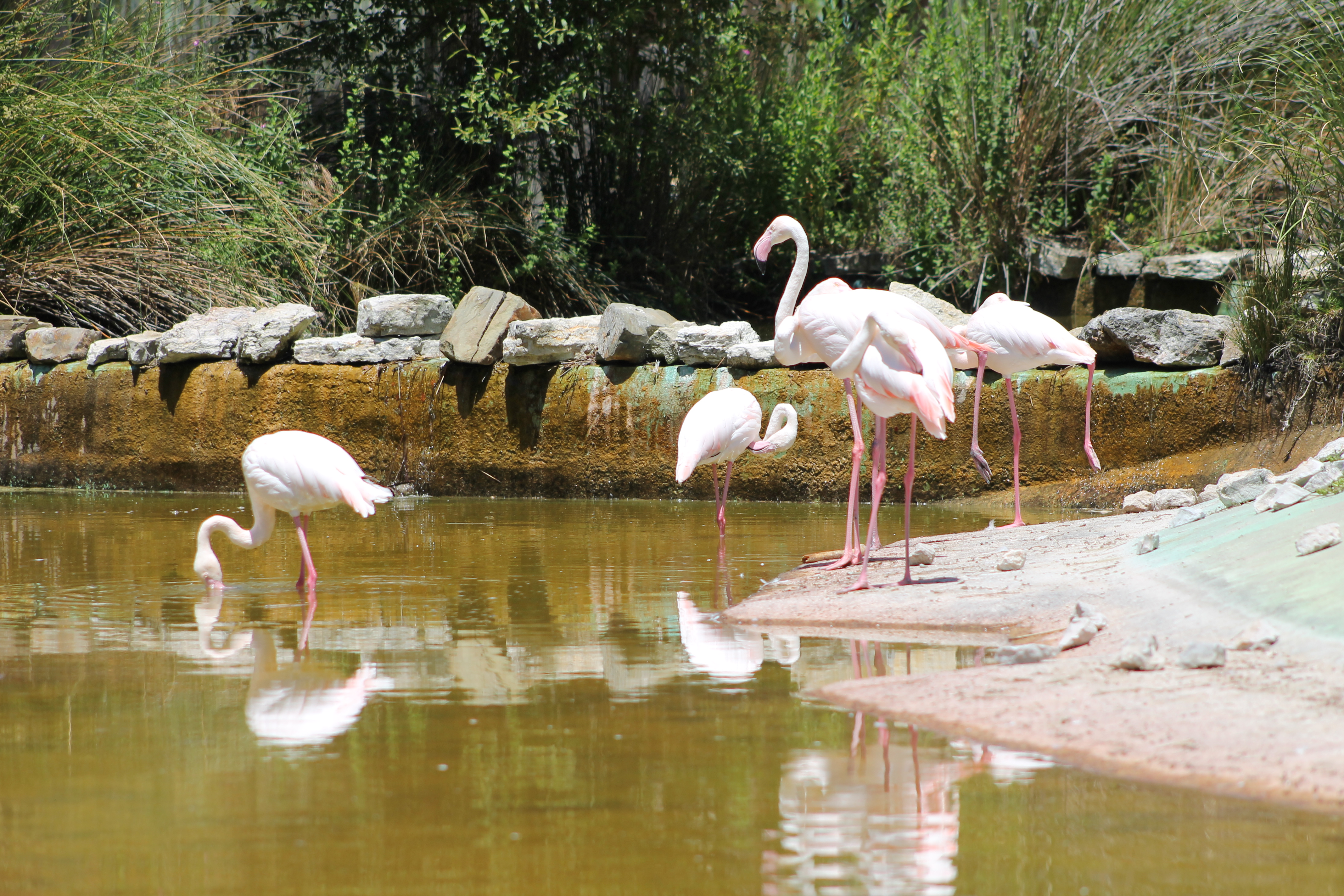
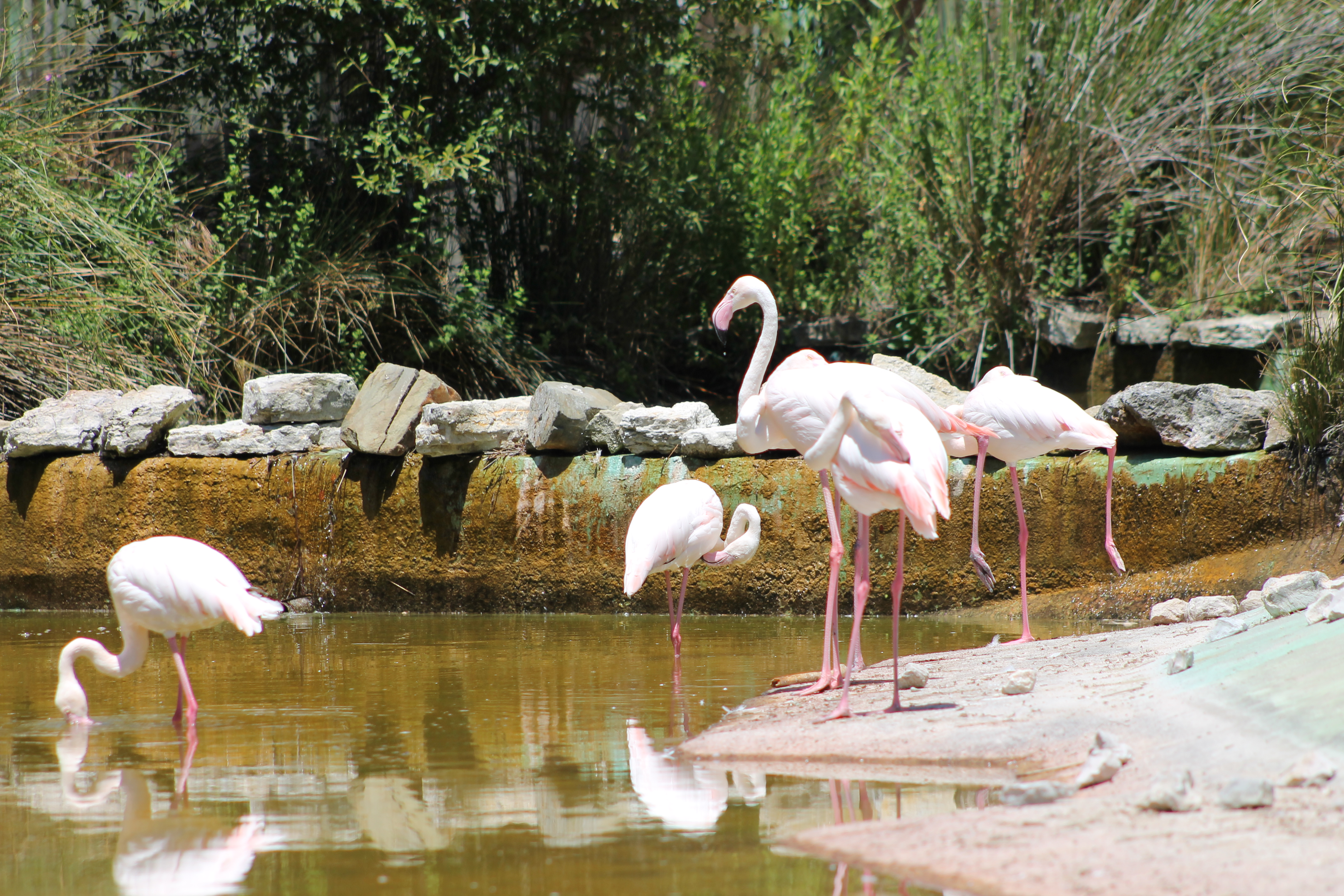
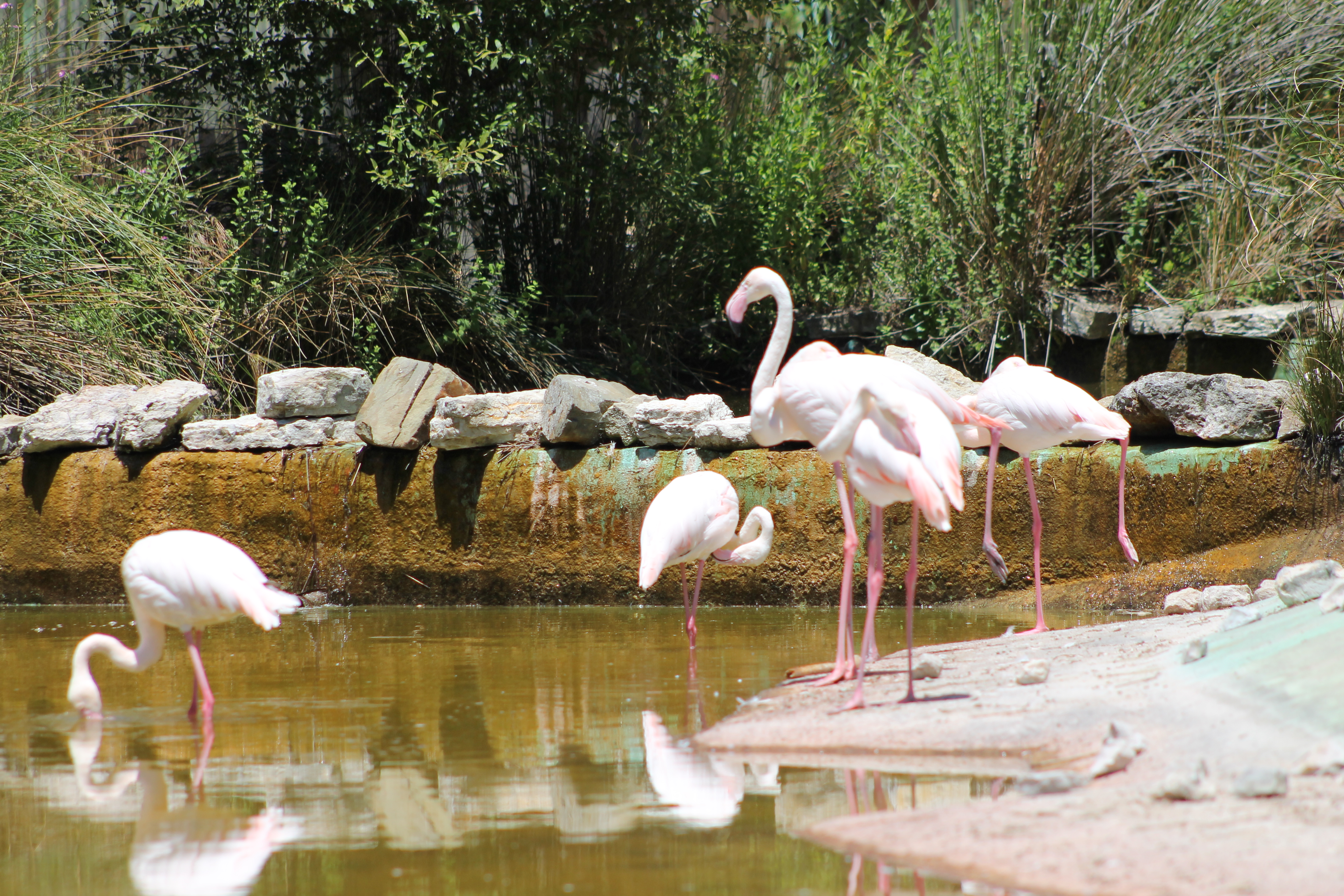

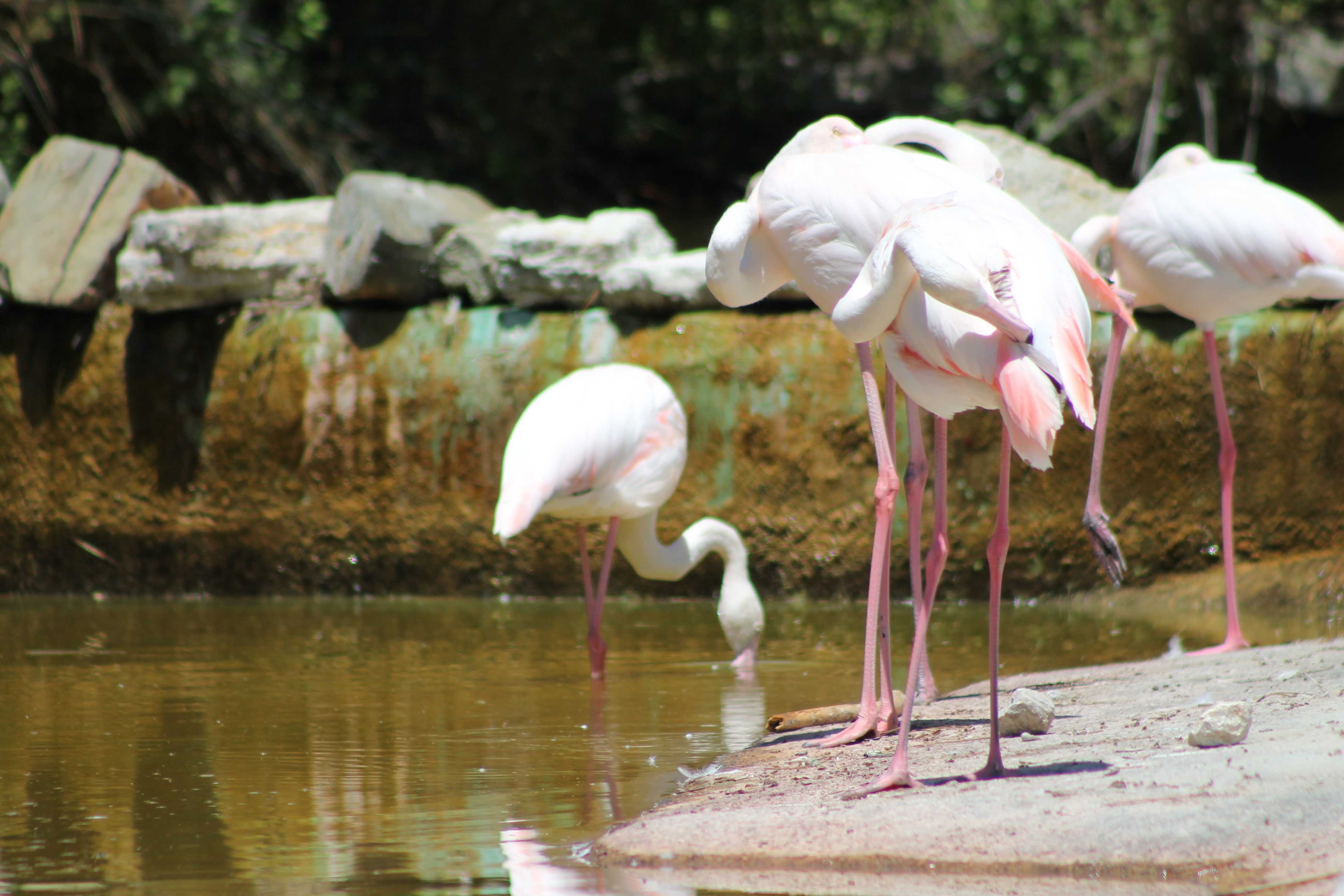
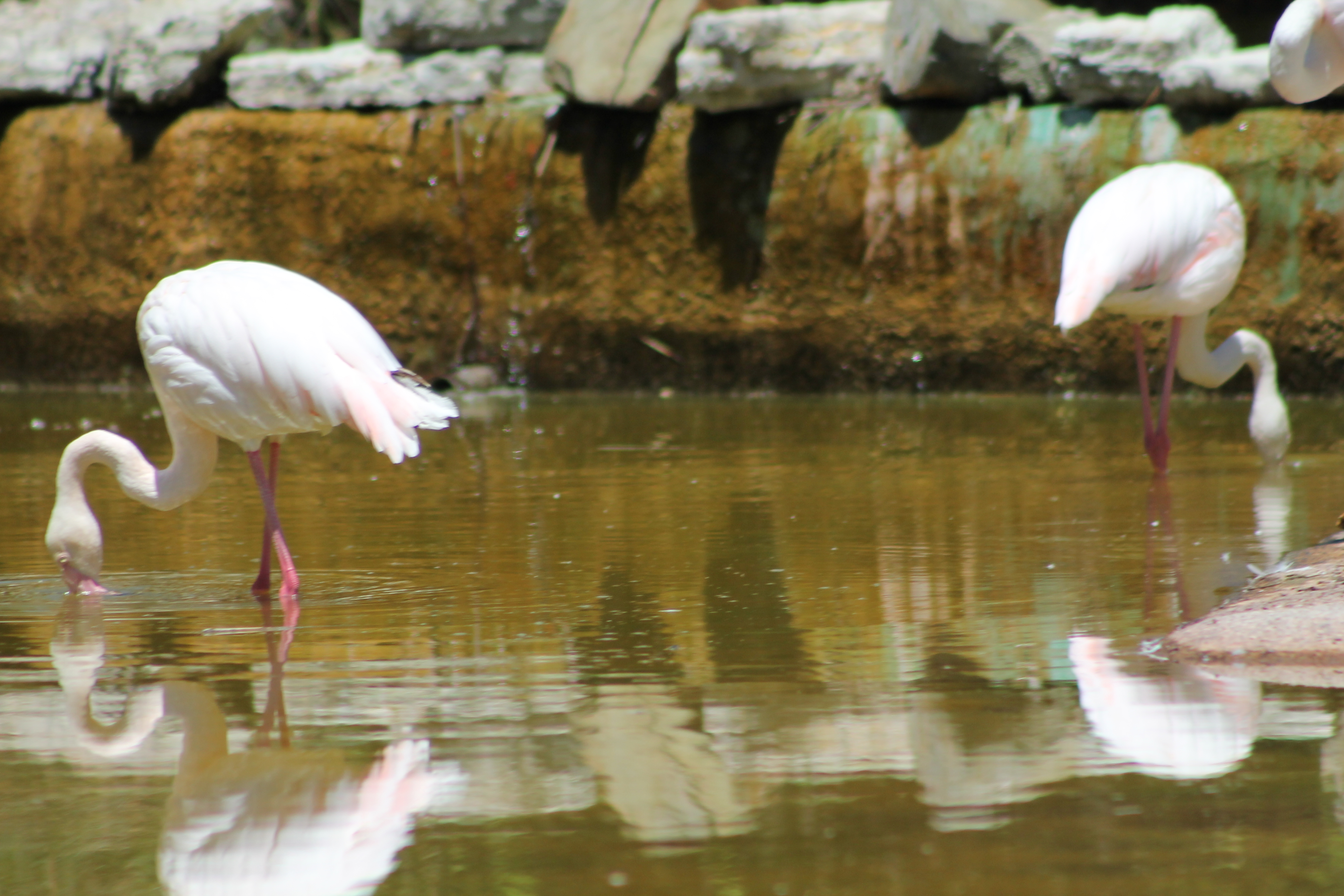
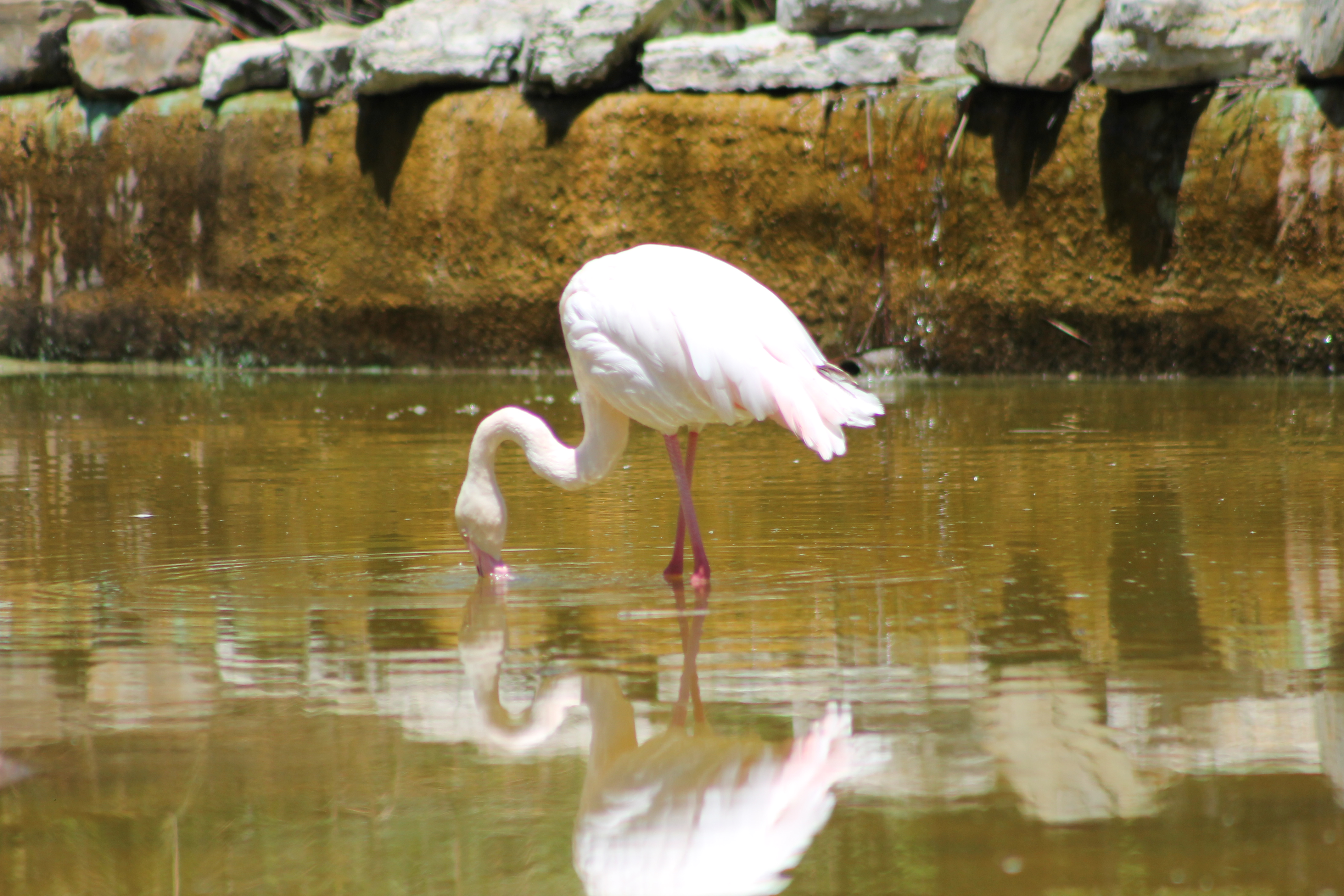
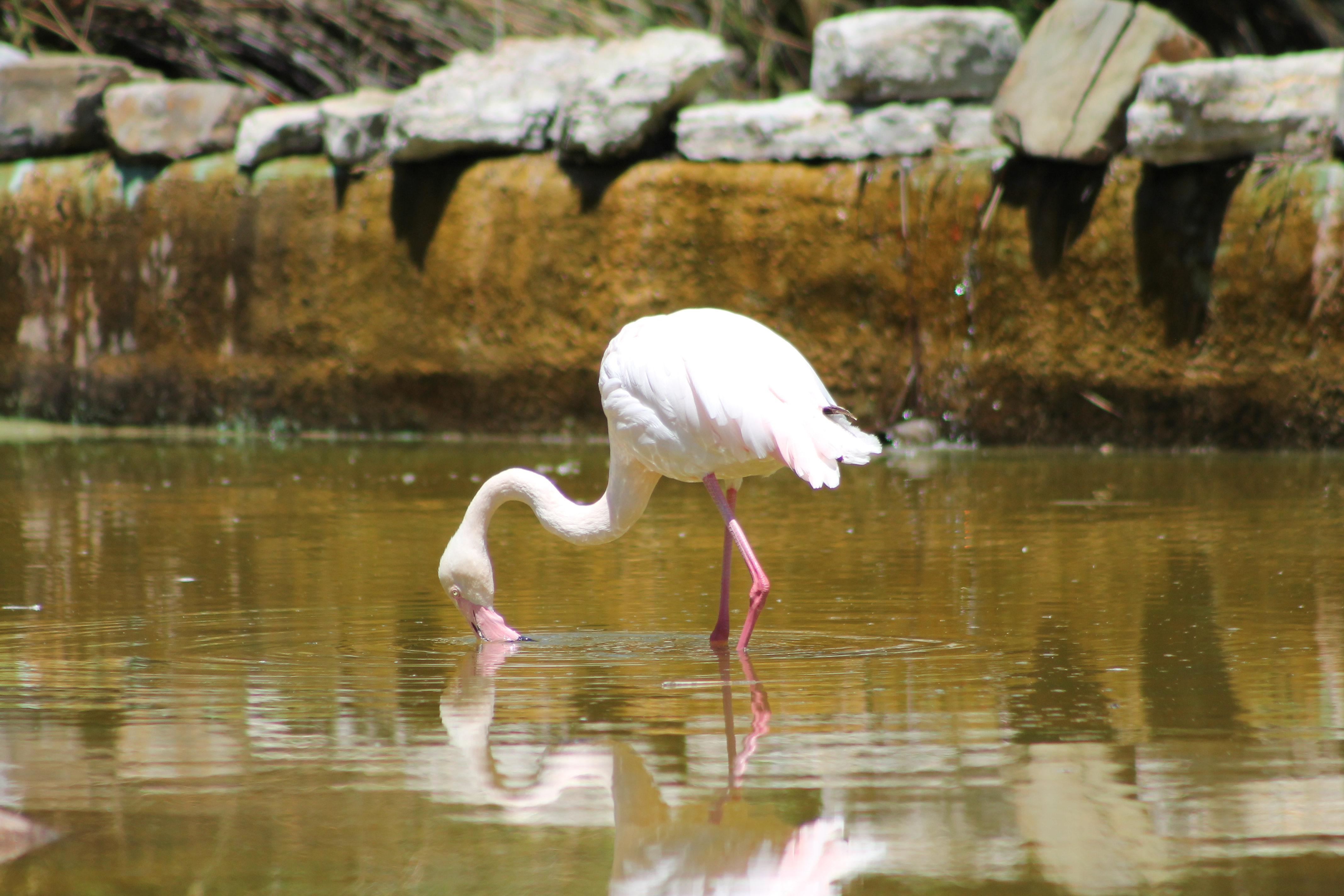
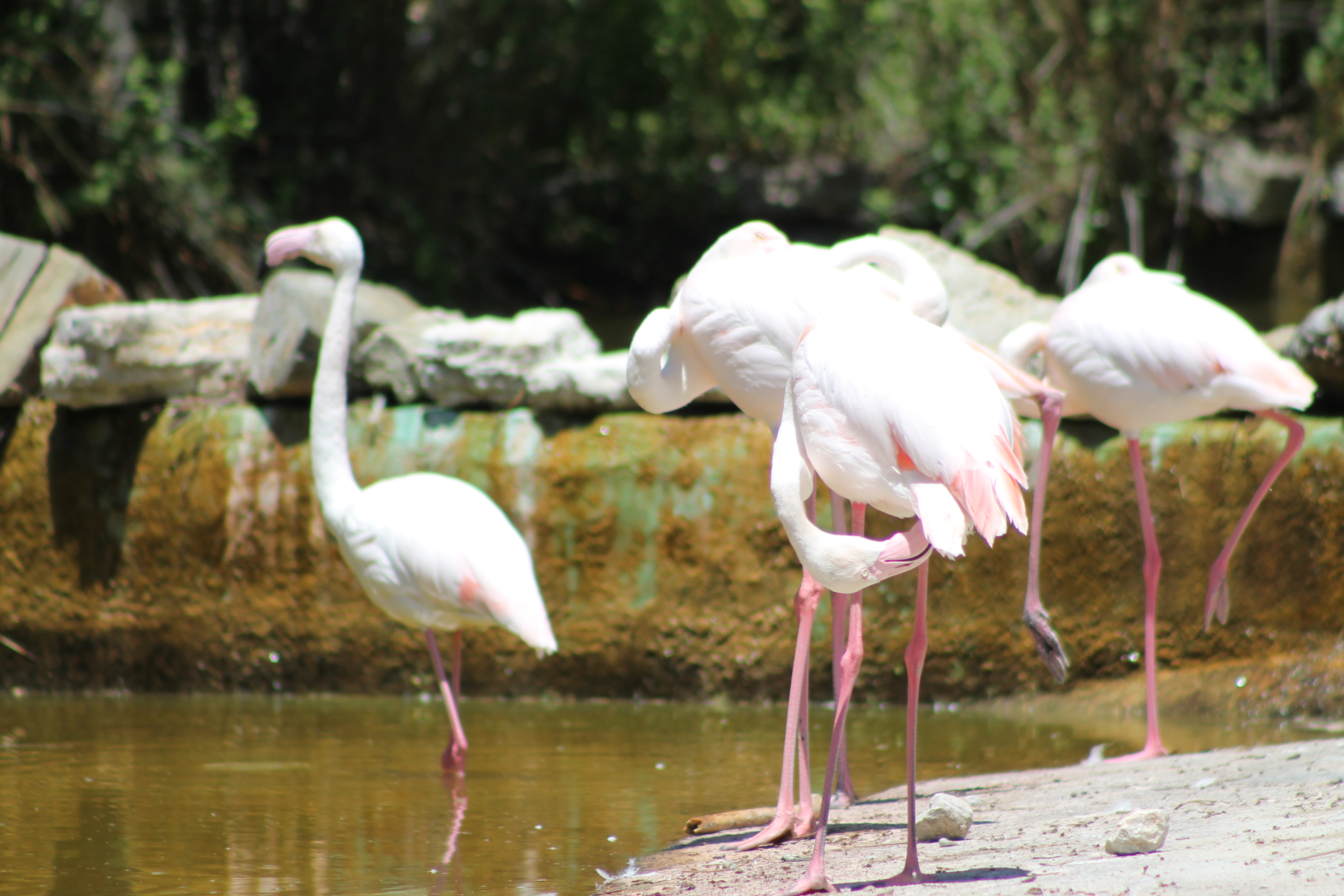

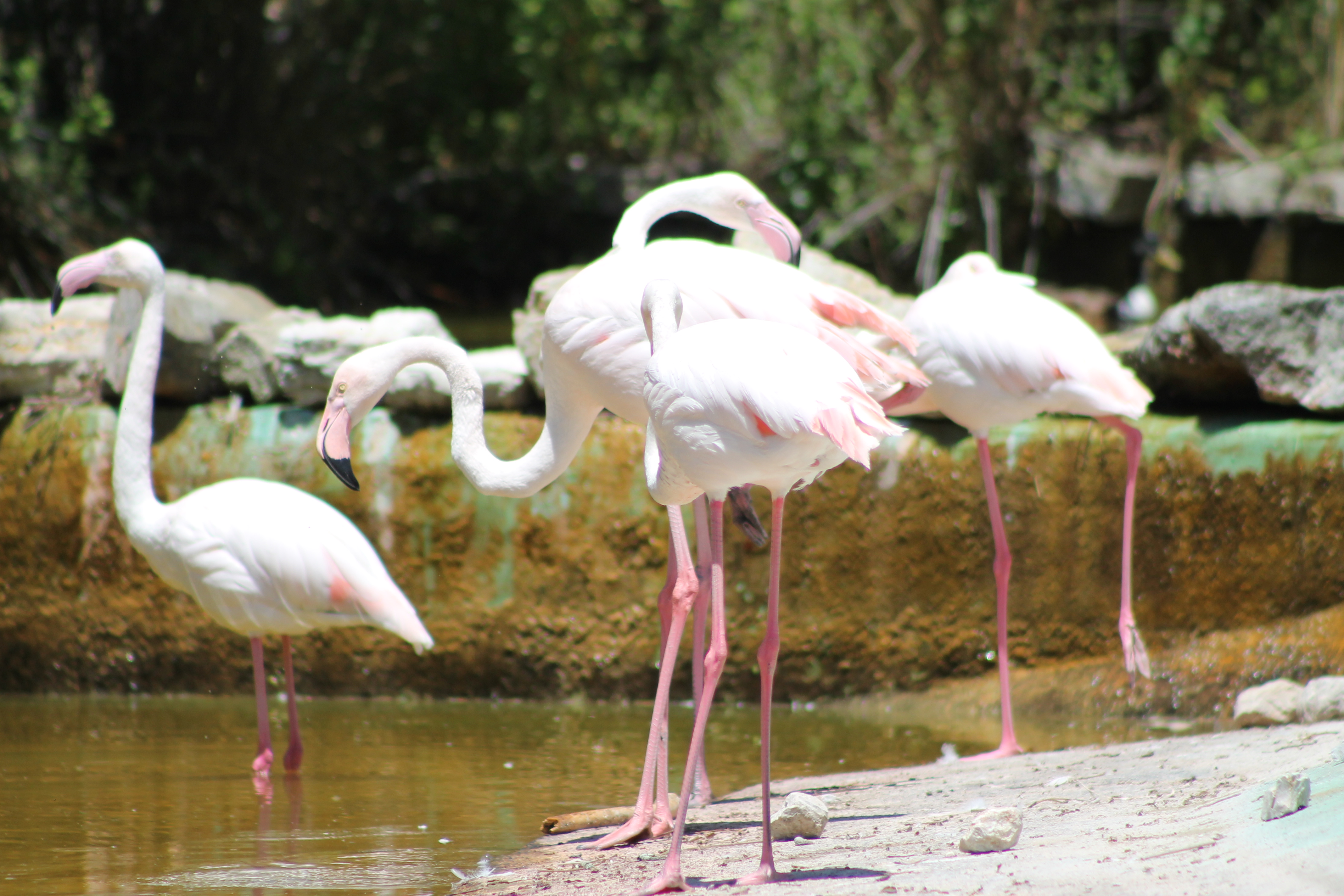
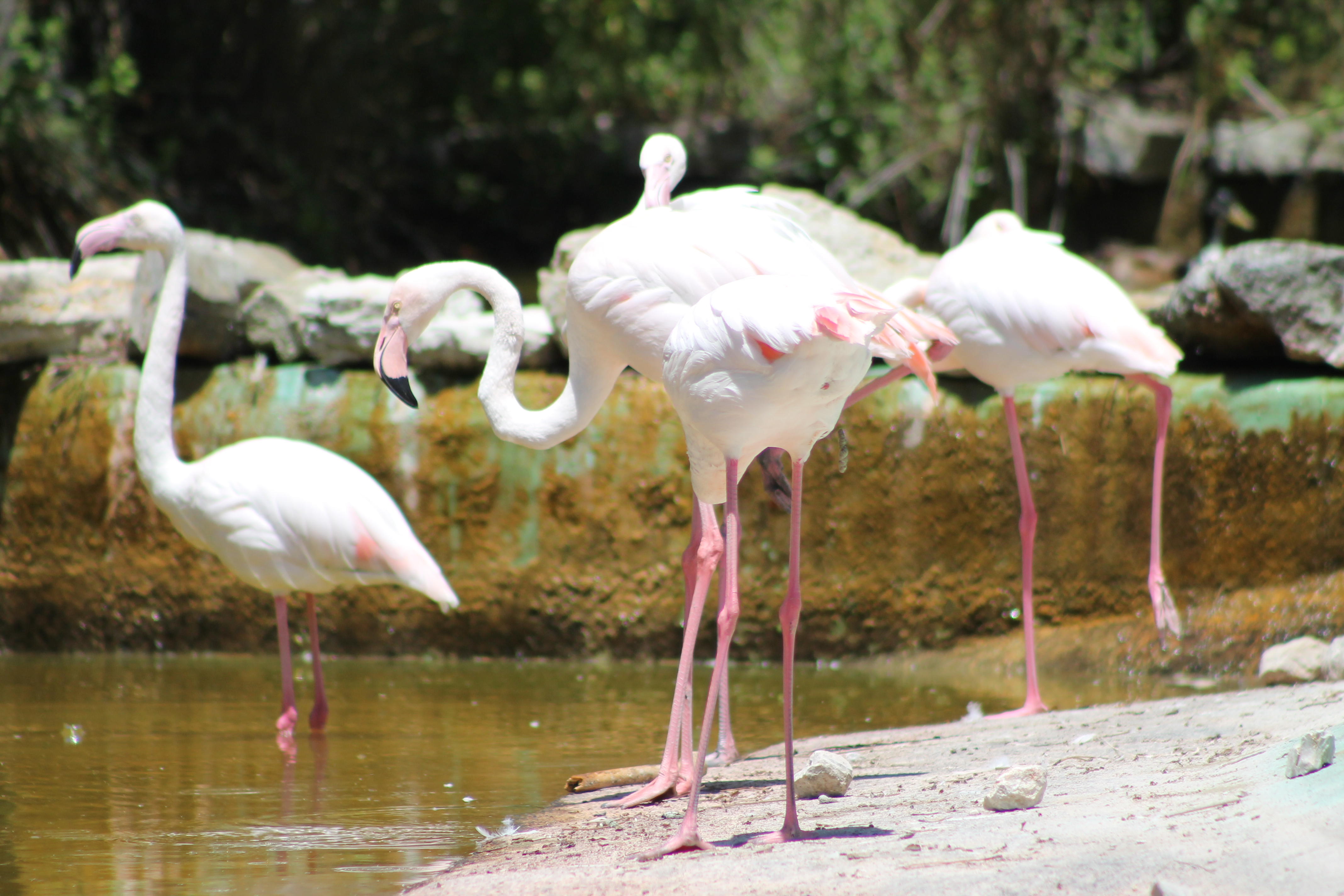
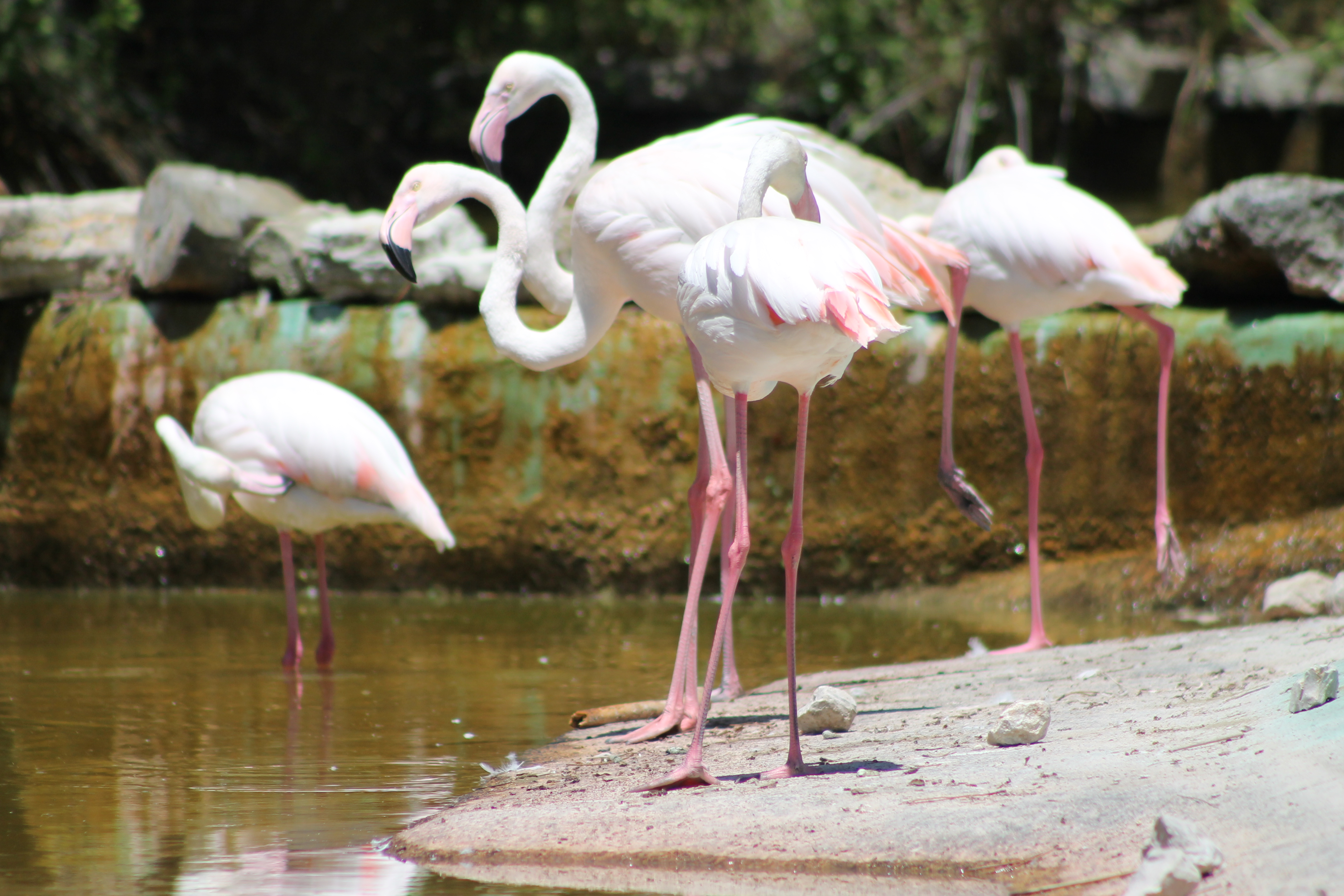

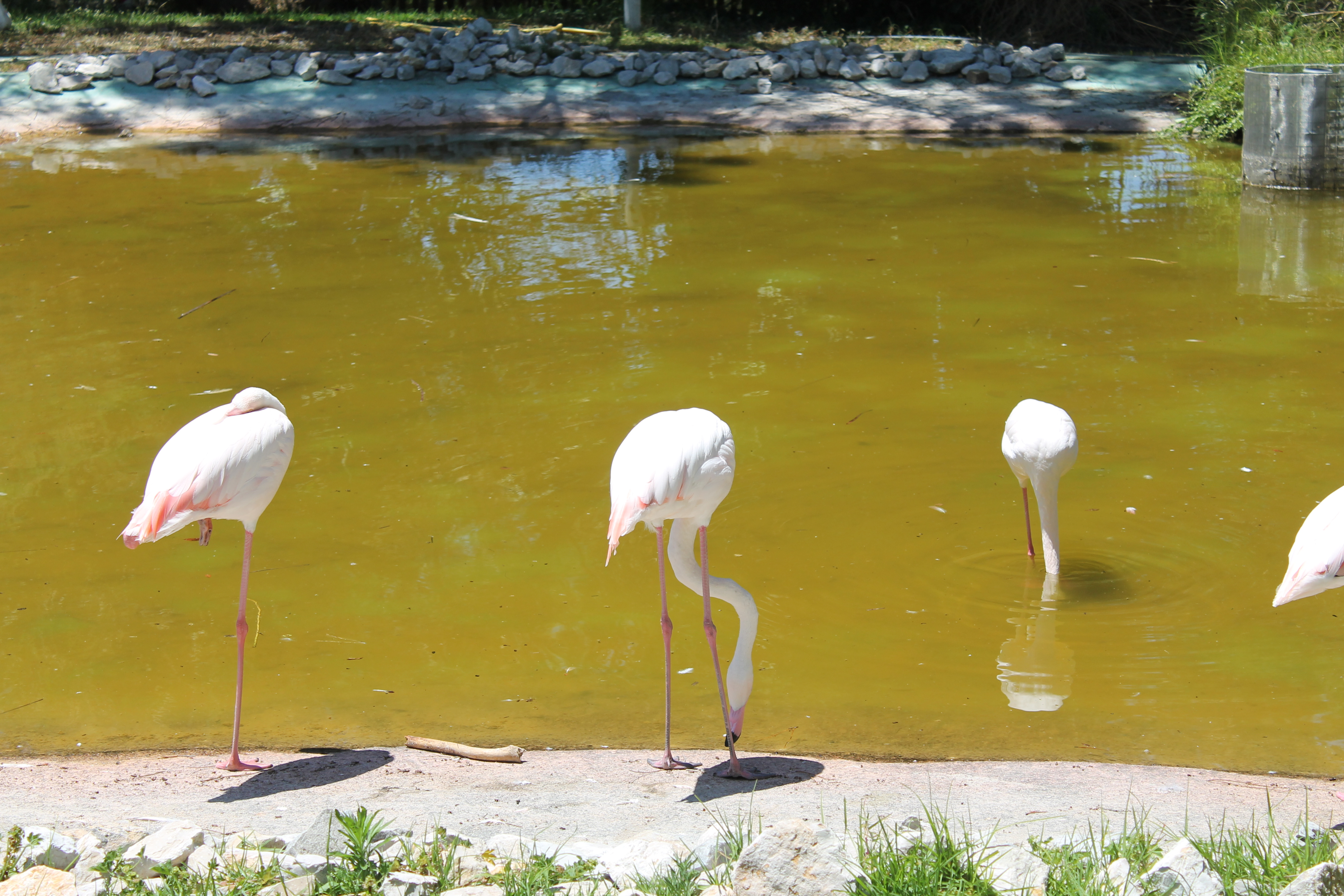

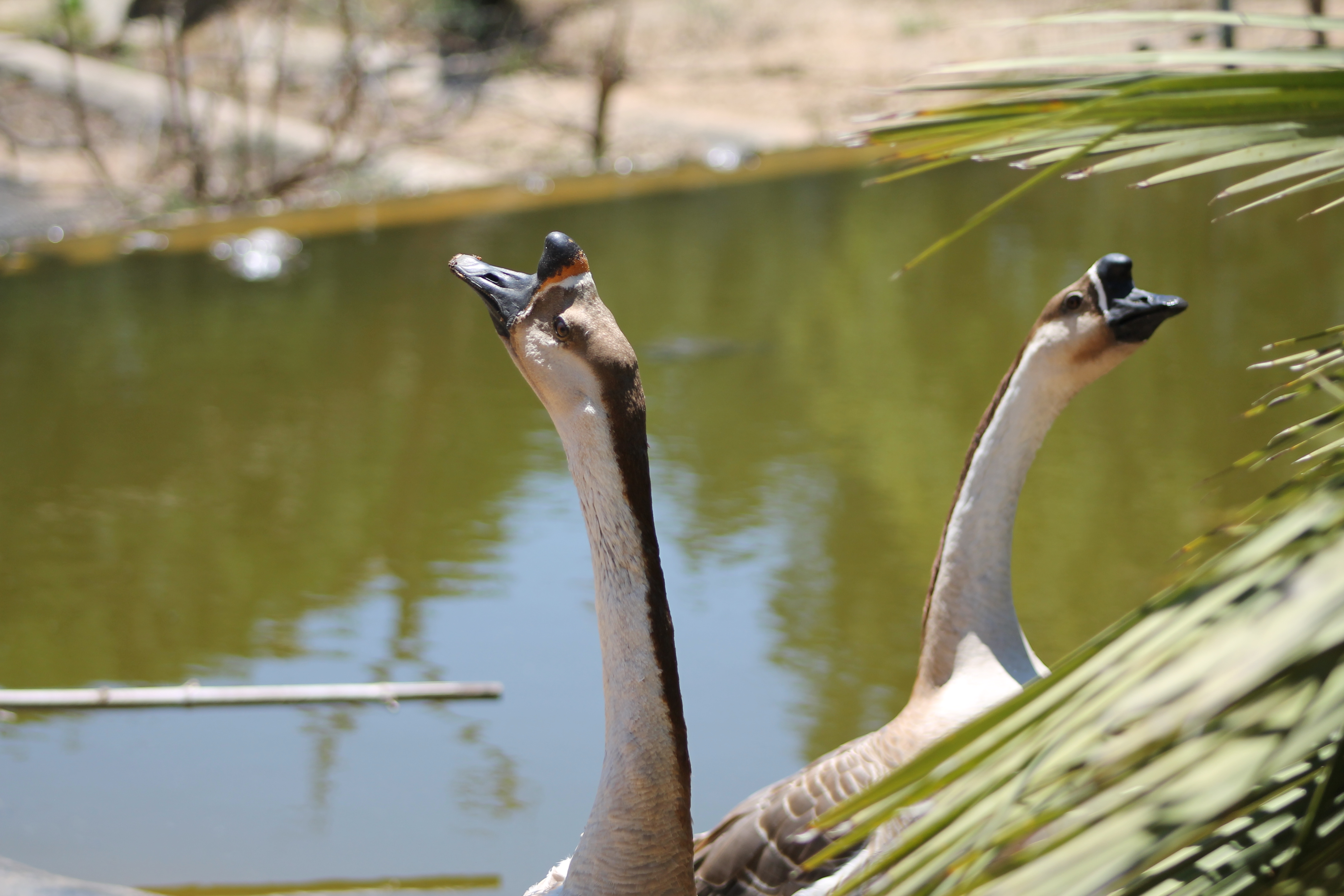
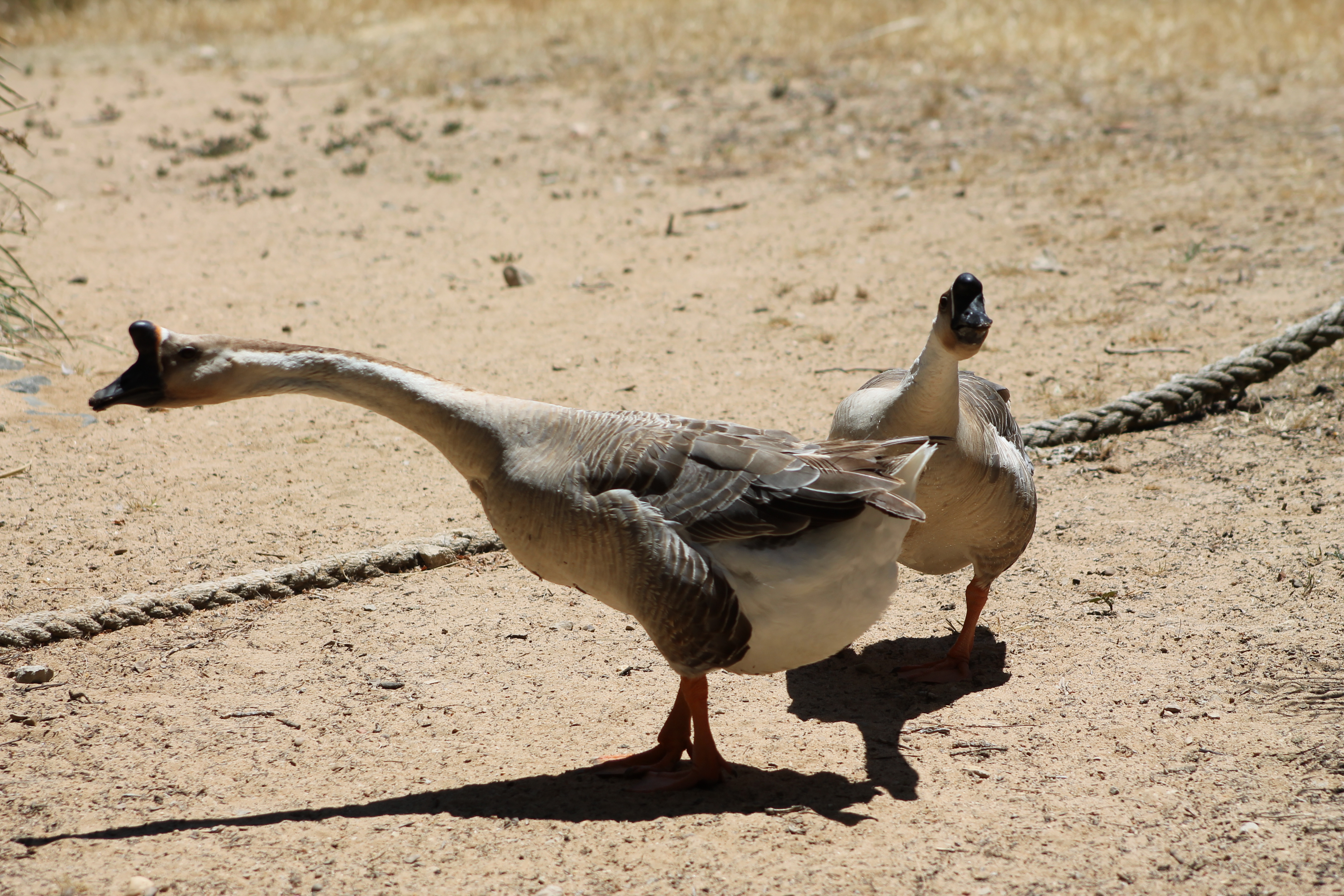
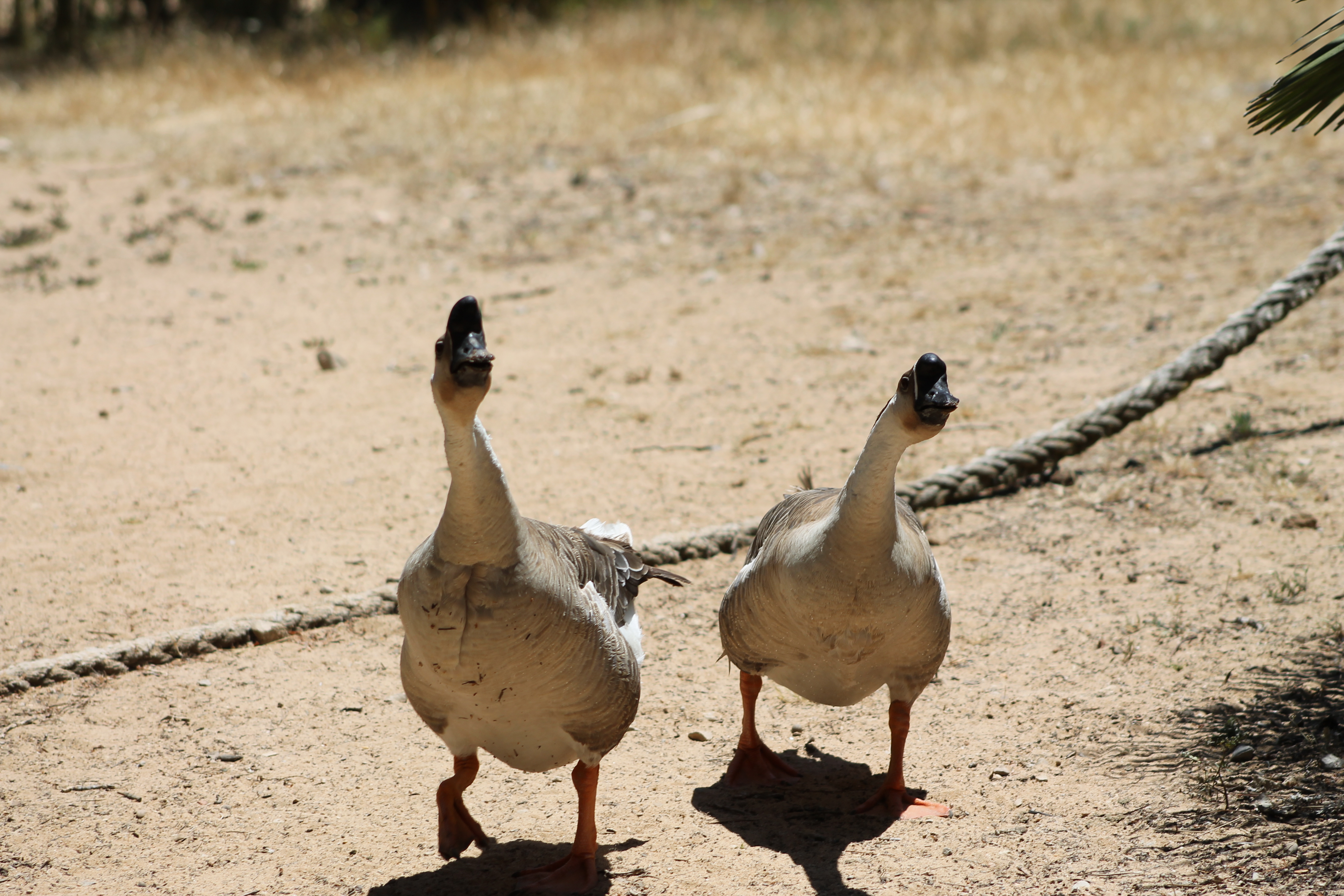
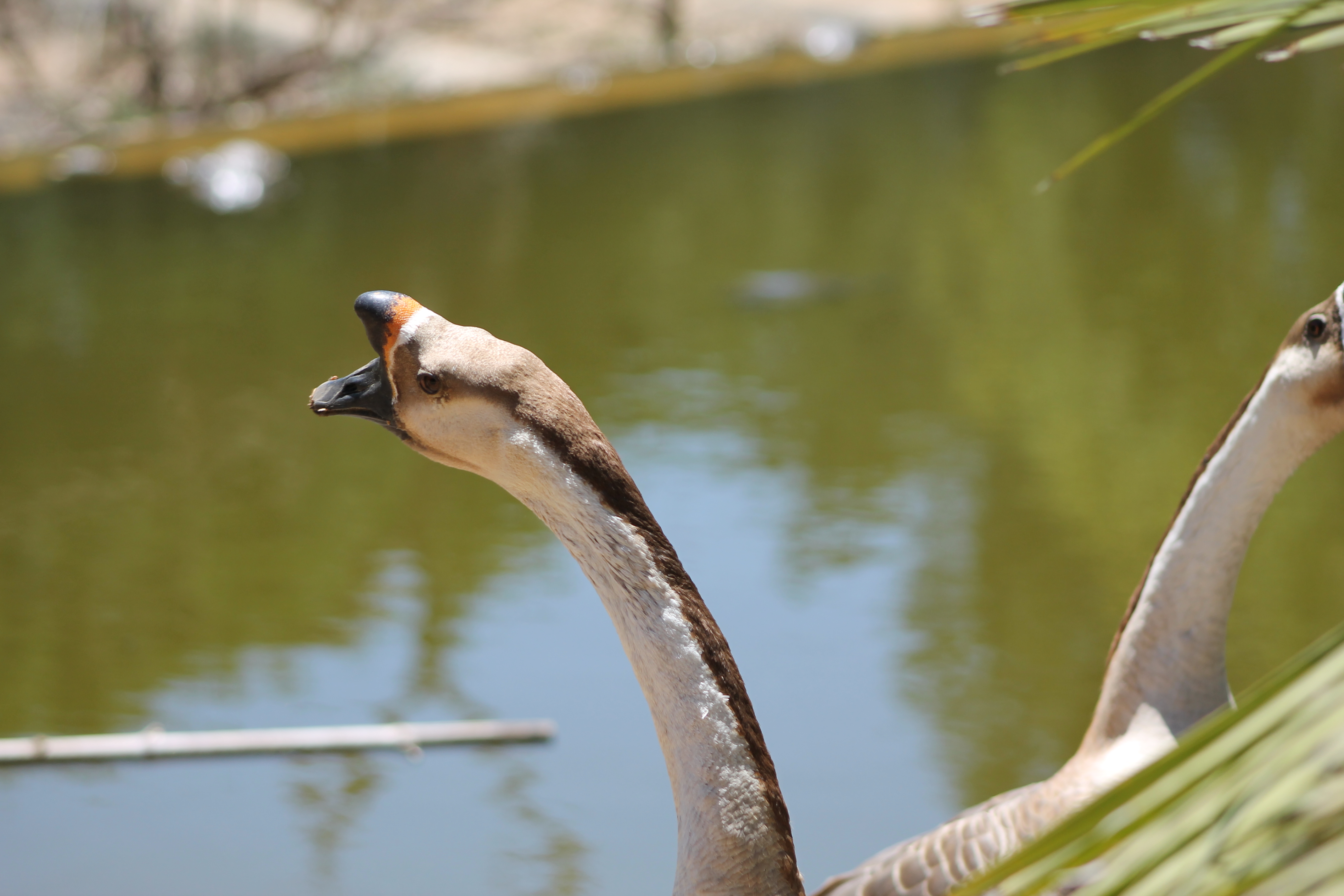
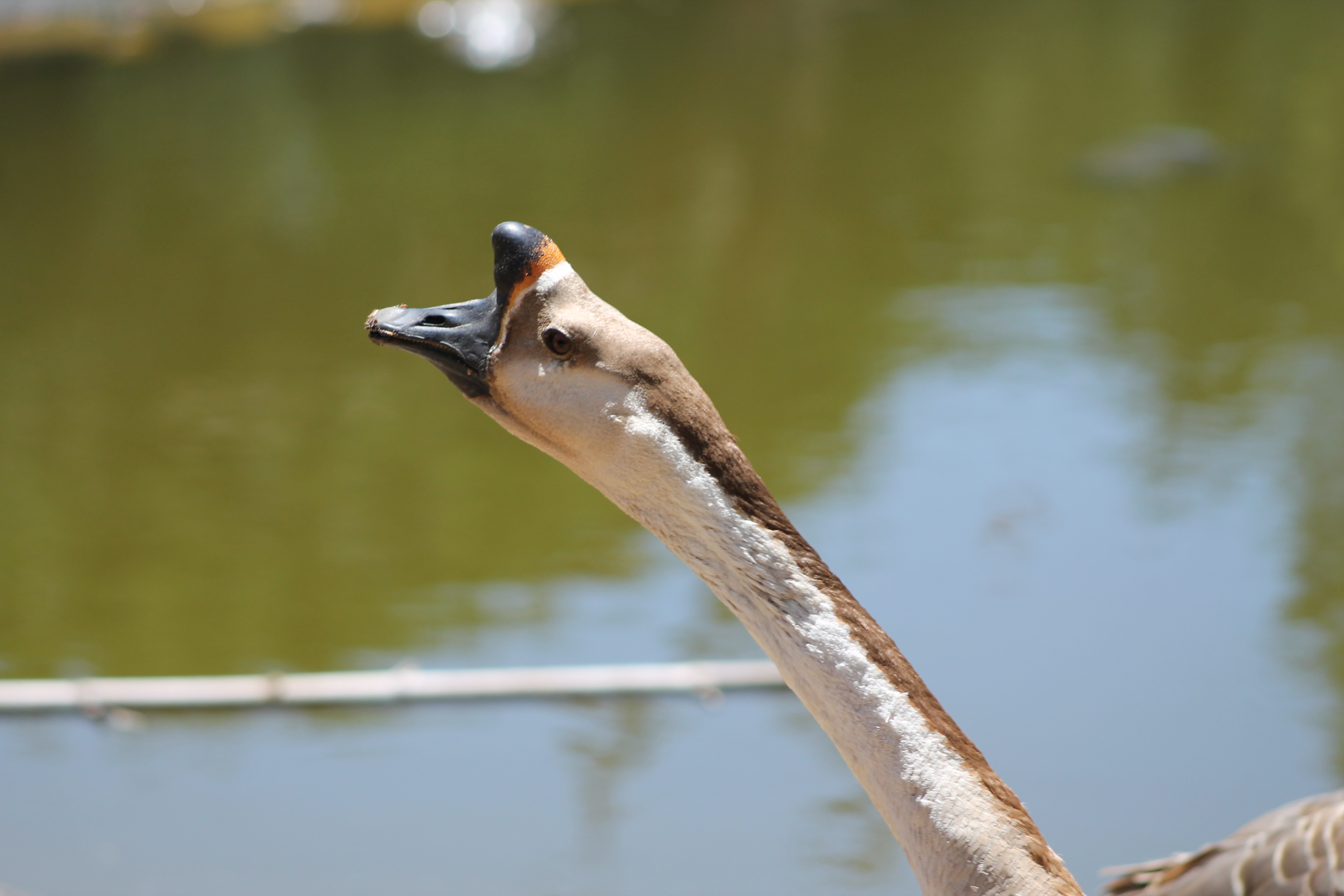
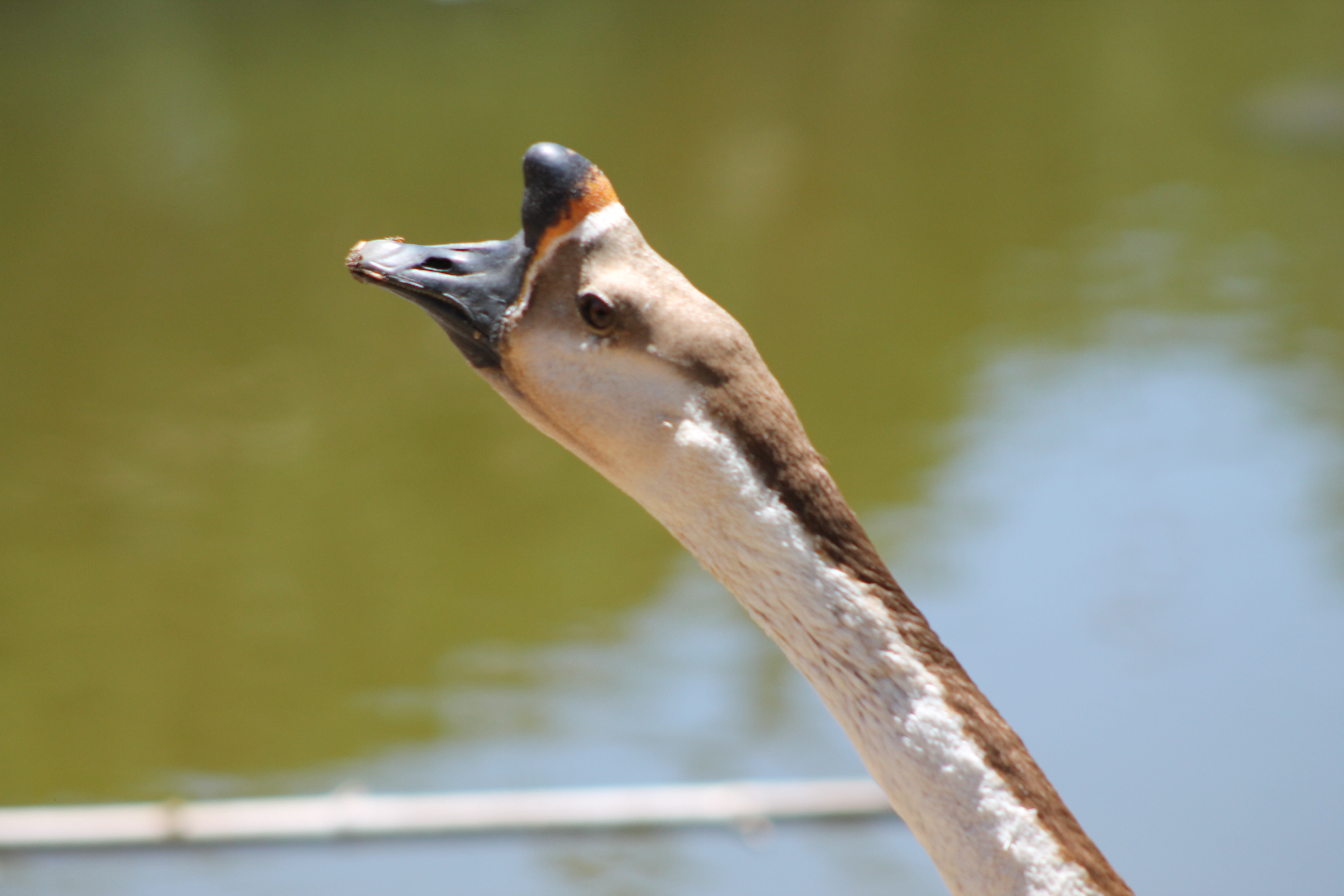

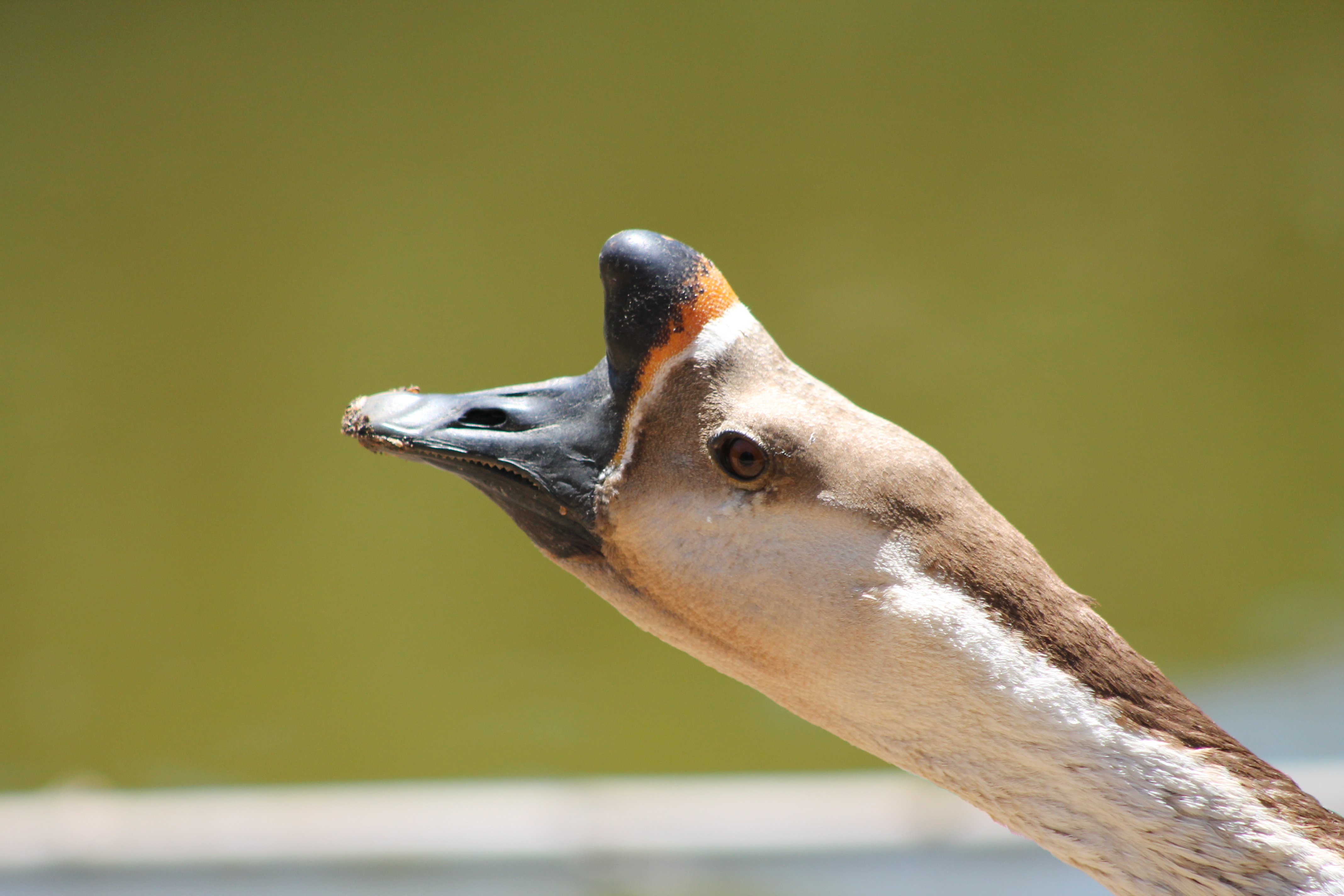
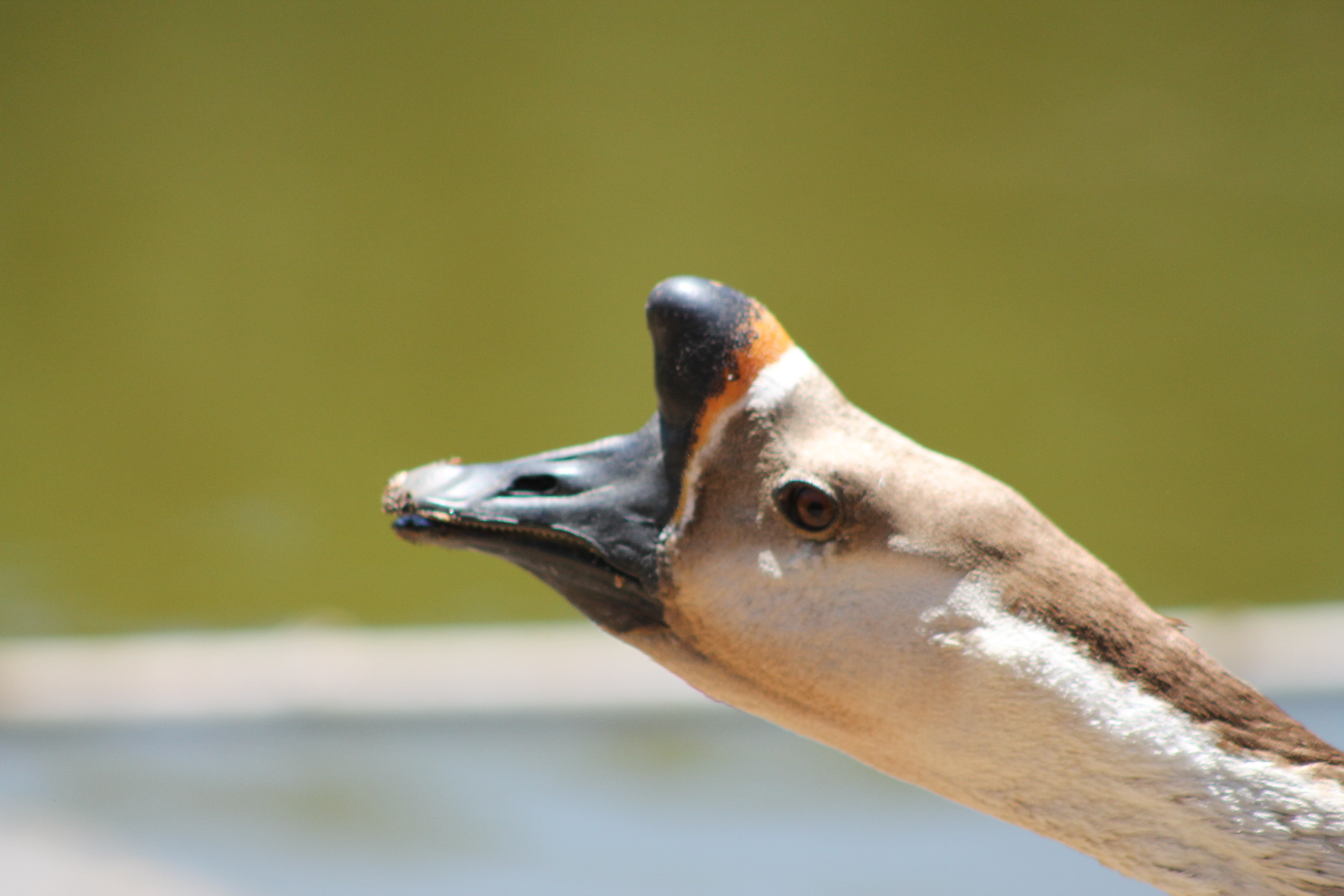
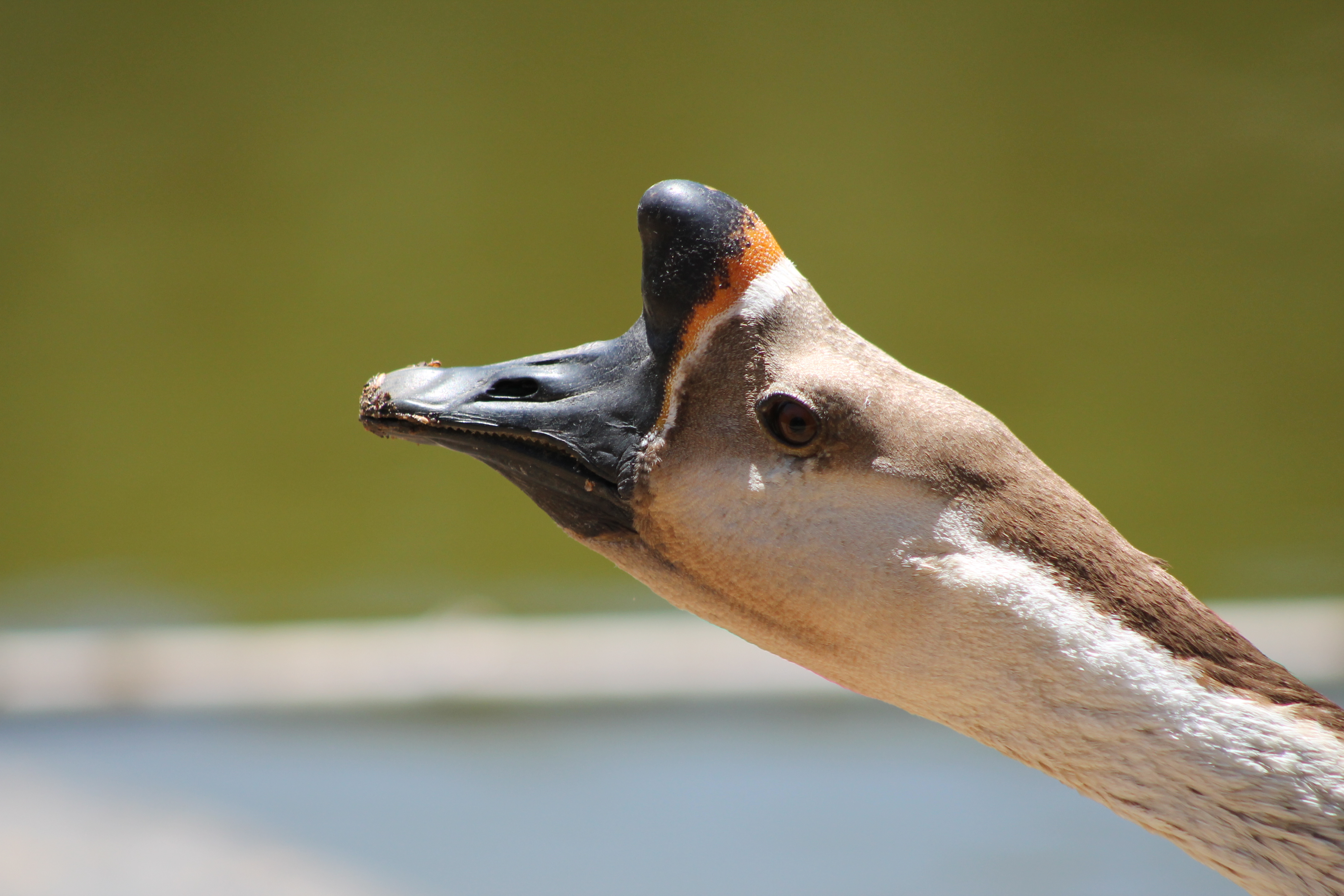
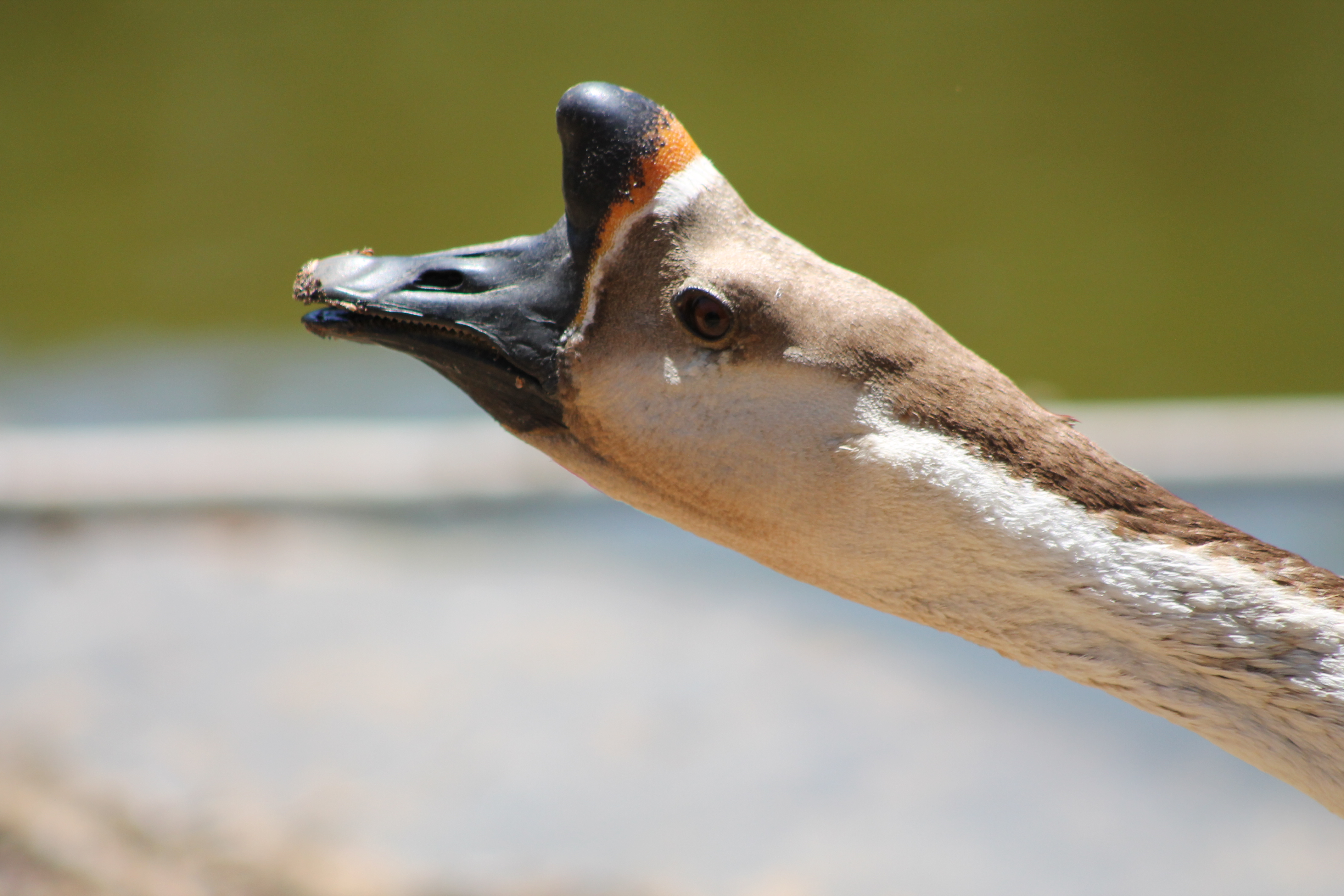
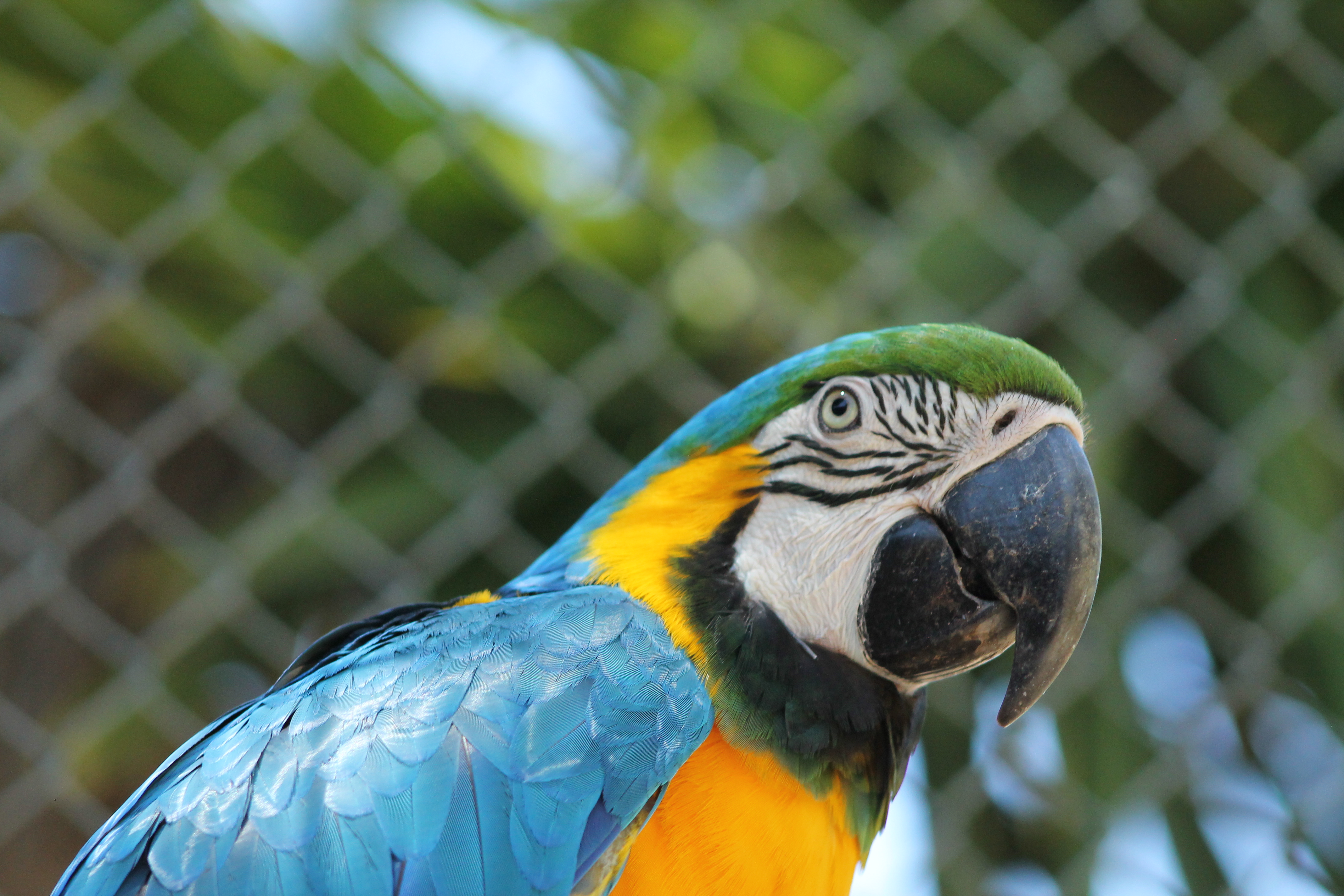
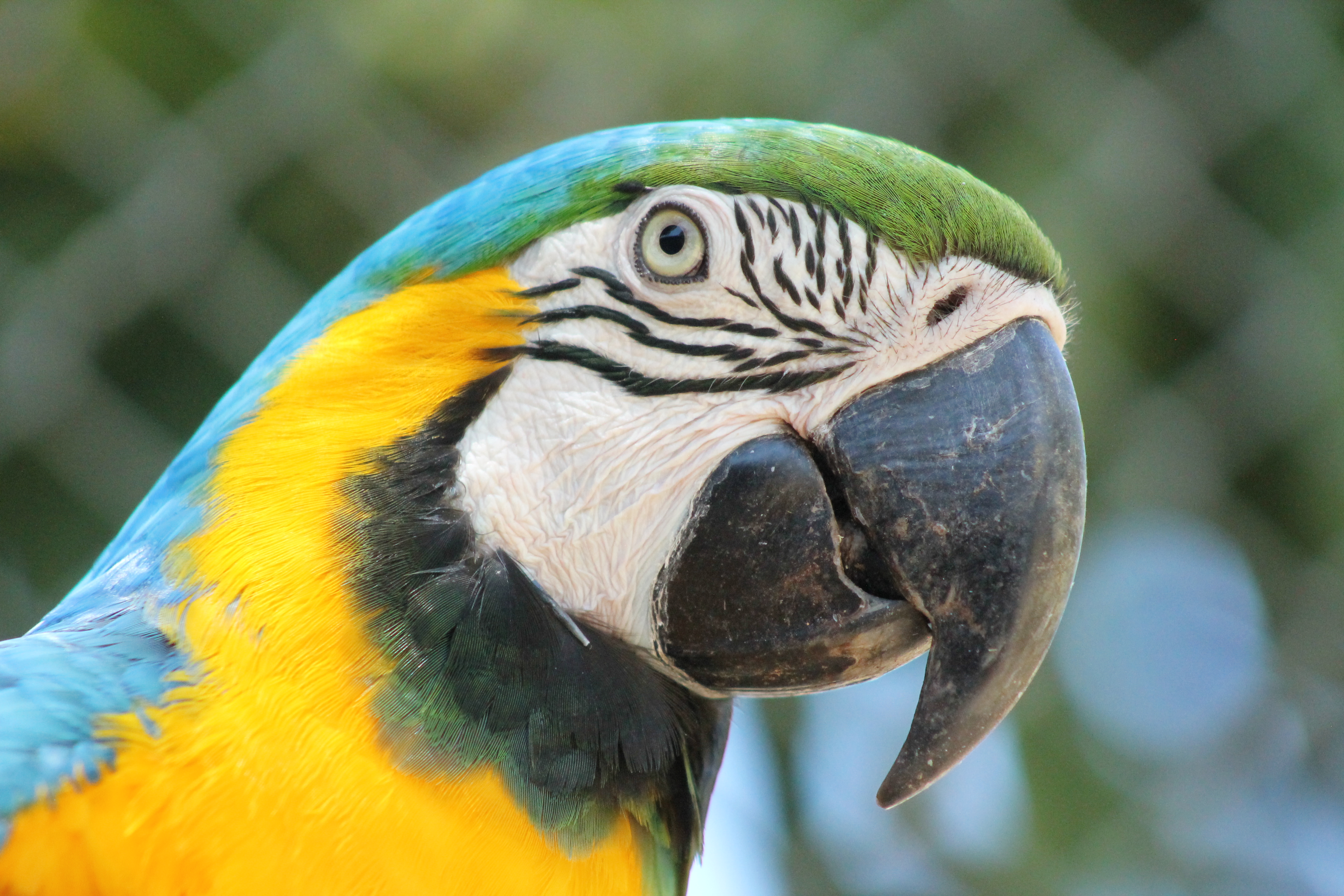
Points Boosting refund to @oscurity! 🤓
Due to one of these reasons:
1. Post is not published via Ecency.
2. Post is already curated by our team.
3. Post is not curated by our curators within 24 hours.
4. Post might be too old post, try more recent content.
5. Author already received vote in last few hours, try again later.
Install Android: https://android.ecency.com, iOS: https://ios.ecency.com mobile app or desktop app for Windows, Mac, Linux: https://desktop.ecency.com
Learn more: https://ecency.com
Join our discord: https://discord.me/ecency
So beautiful and amazing
eyy thank!
View or trade
BEER.Hey @oscurity, here is a little bit of
BEERfrom @pixresteemer for you. Enjoy it!Do you want to win SOME BEER together with your friends and draw the
BEERKING.This reminds me. I need to visit the aviary before the end of the summer.
you get to see a wild flamingo and another in captivity because of the color, they are always pale in captivity!
I'll have to make a mental note of that during my next visit.
Buena información y hermosas fotografías, son animales bellísimos. Interesante la relación entre la alimentación y el color. En Venezuela se pueden ver Flamencos en muchas zonas del litoral.
Saludos y bendiciones.